Bathtubs are a mark of relaxation and convenience in any home. From enjoying a hot soak at the end of a long day to bathing the kids, they’re an essential feature in many households. But when plumbing issues arise, that spa-like experience can quickly turn into a frustrating ordeal. Whether you're a homeowner, a renter, or in the middle of a bathroom upgrade, this article will walk you through common bathtub plumbing problems and their solutions, helping you tackle these issues with ease.
Why is Maintaining Bathtub Plumbing Important?
First off, why does bathtub plumbing deserve your attention? Here's why:
· Prolongs the Life of Your Tub – Addressing plumbing issues quickly prevents damage to the bathtub or surrounding infrastructure.
· Saves Money – Ignoring minor problems can lead to bigger (and more expensive!) repairs.
· Enhances Hygiene – A clean, well-functioning bathtub keeps bacteria and mold at bay.
· Preserves Water Efficiency – Fixing leaks or slow drains ensures you’re not wasting precious water.
Now that we’ve settled why it’s crucial, let’s plunge into common plumbing problems and how to fix them!
1. A Slow-Draining Tub
Ever stood in ankle-deep water during your shower? You’re not alone. A slow-draining tub is one of the most common bathtub issues homeowners encounter.
Causes:
· Hair and soap scum clogging the drain.
· Build-up of debris further down the plumbing line.
· Damaged or poorly installed drain components.
Solution:
· Use a Drain Snake: This simple tool can help you remove clogs like hair or soap scum.
· Clean the Stopper: Unscrew and remove the drain stopper to check for stuck debris. Clean it thoroughly.
· Prevent Future Clogs: Install a drain cover to catch hair and other particles. Regularly flush the drain with a mixture of hot water, vinegar, and baking soda for maintenance.
If the clog is deeper than expected, it might be time to call in a professional plumber to ensure no major blockage is disrupting your plumbing systems.
2. Leaking Faucets
The persistent drip, drip, drip of a leaking faucet is enough to drive anyone mad—not to mention the gallons of water it wastes over time!
Causes:
· Worn-out washers or O-rings.
· Corroded valve seats.
· Loose faucet components.
Solution:
· Replace Washers or O-Rings: These small yet mighty components are often the culprits behind leaks. If you're handy with basic tools, it’s a quick fix.
· Tighten Any Loose Parts: Inspect the faucet and tighten any loose screws or parts.
· Inspect the Valve Seat: If corrosion is evident, you may need to replace or clean this component to prevent leaks.
Wellfor products, for example, are an excellent option when replacing your tub faucet. Their durable designs ensure longevity while adding a touch of elegance to your bathroom!
3. Water Pressure That’s Too Low (or Too High!)
Low water pressure can make filling up your bathtub feel like a lifetime chore, while extremely high pressure might damage the pipes over time.
Causes:
· Mineral deposits clogging the faucet aerator or pipes.
· Plumbing system issues, including blocked lines.
· Leaks in the water supply lines.
Solution:
· Clean the Aerator: Unscrew the faucet aerator and soak it in a vinegar solution to remove calcium deposits.
· Inspect for Leaks: Check visible pipes and fittings for leaks that could cut water pressure.
· Check the Water Pressure Regulator: If pressure is consistently too high, a professional may need to adjust or replace the regulator.
A properly regulated pressure system ensures safety and smooth functioning for years to come.
4. Rust-Colored or Foul-Smelling Water
No one wants rusty water running into their pristine tub. This issue is a sign of a deeper problem that needs immediate attention.
Causes:
· Rusty pipes or corroded plumbing fixtures.
· Sediment build-up in the water heater.
· Contaminants in the water supply.
Solution:
· Flush the Water Heater: Sometimes sediment at the bottom of the heater can cause discoloration. Flushing it annually can resolve this.
· Inspect Pipes and Fixtures: If corrosion is the issue, replacing old pipes or fixtures is necessary.
· Consider a Water Filtration System: This is especially helpful if water quality is a recurring issue in your area.
Products by brands like Wellfor often use high-quality materials resistant to corrosion, providing years of reliable performance.
5. Bathtub Won’t Hold Water (Leaking Drain Plug)
Want to soak in your bathtub, but the water drains out no matter how tightly you plug it? This annoying problem is typically due to the drain plug not sealing properly.
Causes:
· Broken or worn-out drain plug.
· Misaligned drain stopper mechanism.
Solution:
· Replace the Drain Plug: You can find replacement plugs at affordable prices, and installation is straightforward.
· Adjust the Stopper: Many stoppers have adjustable screws or components that can be realigned for a proper seal.
· Upgrade the Drain Assembly: If persistent, consider upgrading to a higher-quality drain assembly for better performance.
With their premium-grade components, Wellfor drain products minimize many drainage issues and offer durability to boot.
6. Noisy or Gurgling Drains
If you hear an odd gurgling noise every time water drains out of your tub, it’s likely a venting problem.
Causes:
· Faulty drain vent or improper air circulation in the plumbing system.
· Build-up or blockage in the plumbing vent stack.
Solution:
· Clean the Vent Stack: A plumber can clear the blockage in your plumbing vent.
· Inspect Drain Pipes: Replacing damage-prone or improperly-installed pipes can resolve the noise.
Addressing this promptly will prevent further disruptions like sewer smells or slow drainage!
Tips to Maintain Your Bathtub Plumbing
Prevention goes a long way when it comes to avoiding major plumbing problems. Here are a few practical maintenance tips:
· Regularly clean your drain to prevent blockages.
· Inspect your pipes and bathtub fixtures for wear and tear.
· Use a water softener if hard water is causing excessive mineral deposits.
· Flush your water heater annually to prevent sediment build-up.
· Invest in high-quality plumbing materials like Wellfor products for durability and reduced maintenance.
A little effort today can save big bucks tomorrow!
When Should You Call a Professional?
While many plumbing issues can be tackled with DIY solutions, there are times when calling a professional plumber is the safest route. Here’s when to pick up the phone:
· The issue persists despite your troubleshooting.
· There’s visible damage to pipes or walls.
· Strange smells, like sewage, emanate from the drain.
· You detect leaks but can’t pinpoint the source.
Qualified professionals have the tools and expertise to resolve plumbing issues efficiently, saving you from unnecessary headaches.
A Final Word
Your bathtub is a centerpiece of relaxation, but keeping it in good shape requires attention and occasional maintenance. From fixing leaks to clearing clogs and maintaining water quality, addressing plumbing issues promptly will prolong the life of your tub and keep it functioning perfectly.
And if the time comes for upgrades, Wellfor’s premium line of bathtub faucets, drains, and plumbing solutions can elevate your bathing experience while reducing everyday problems.
Need help replacing your old bathtub fixtures or tackling frequent clogs? Browse our blog for additional tips, and consider Wellfor’s stylish, durable products to transform your bathing space.

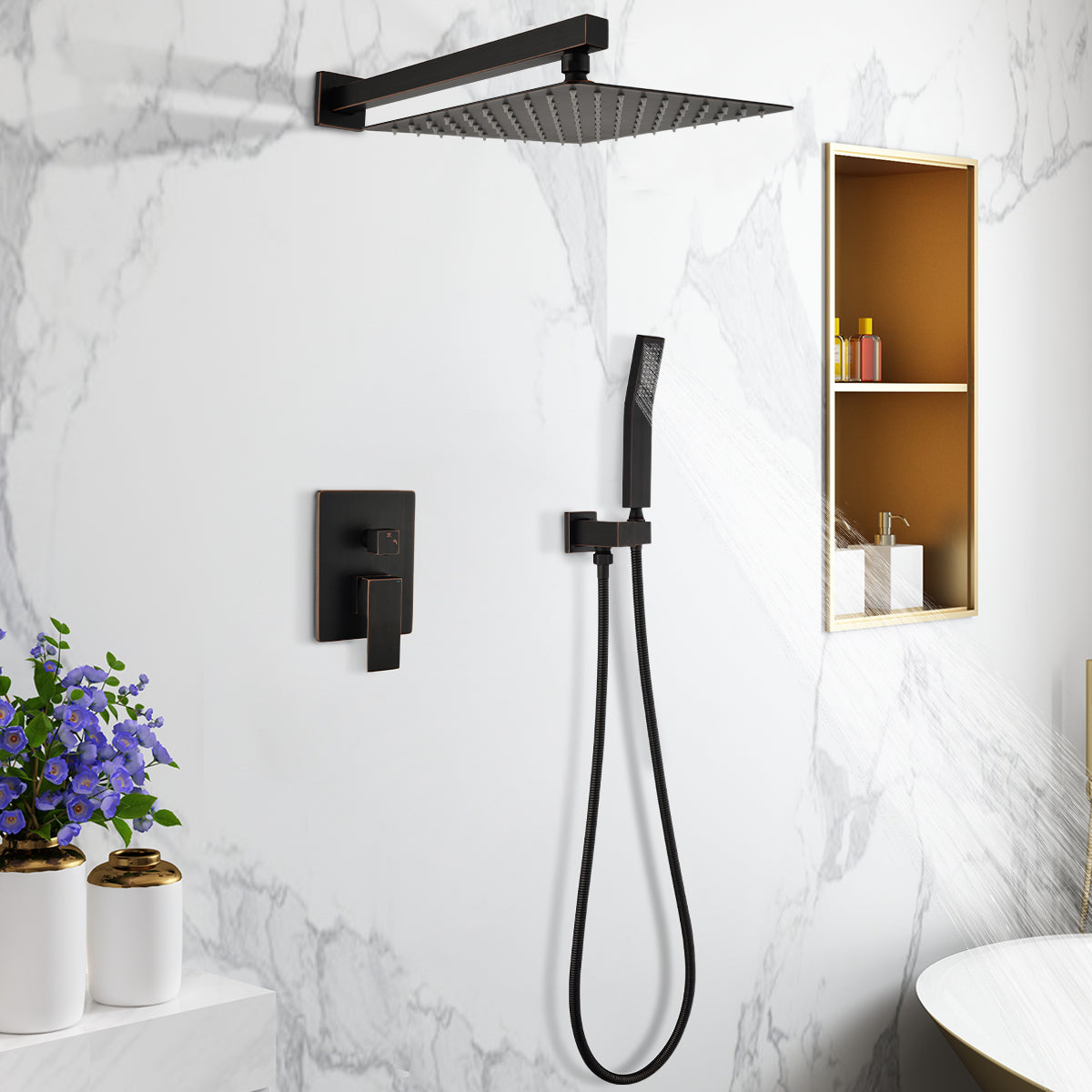
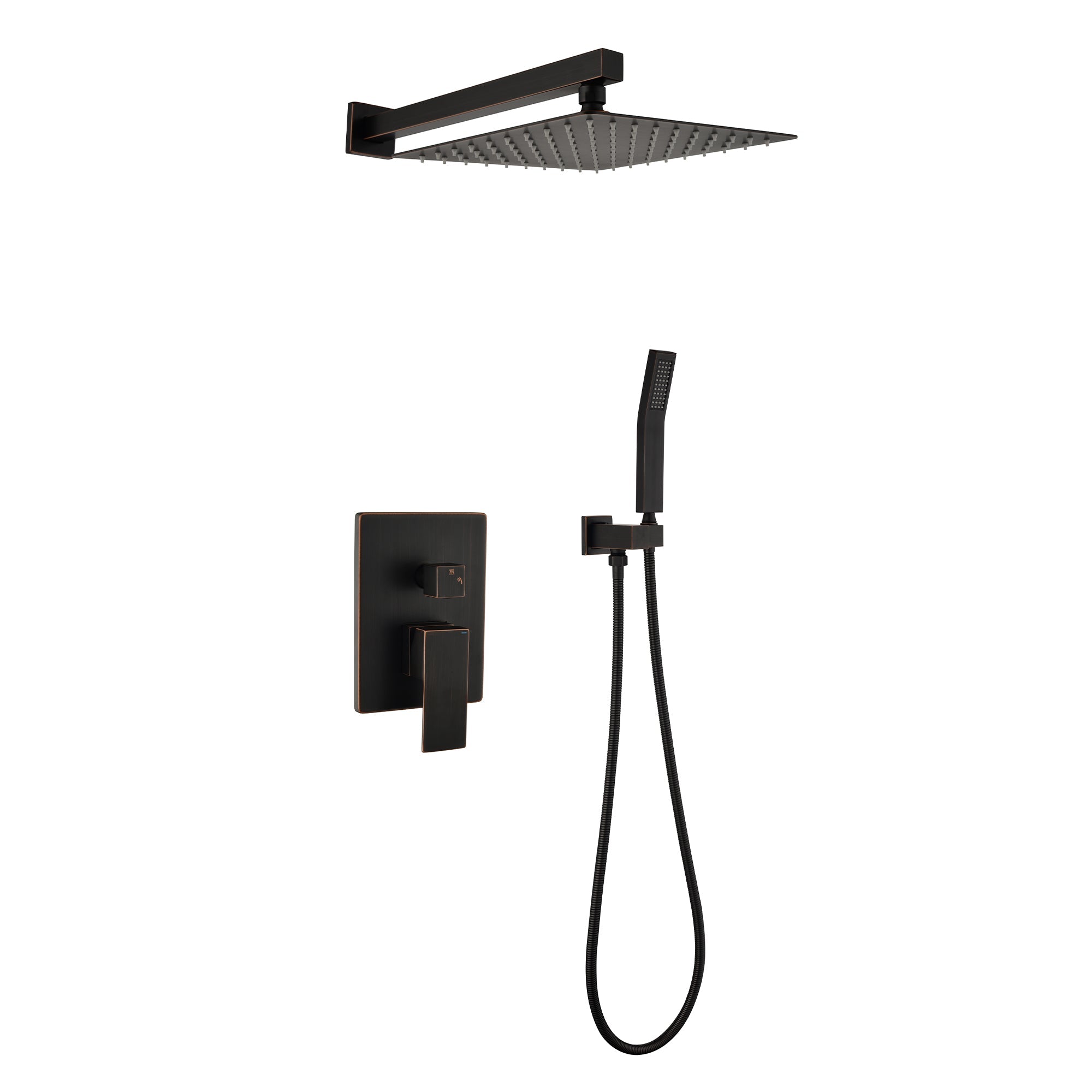


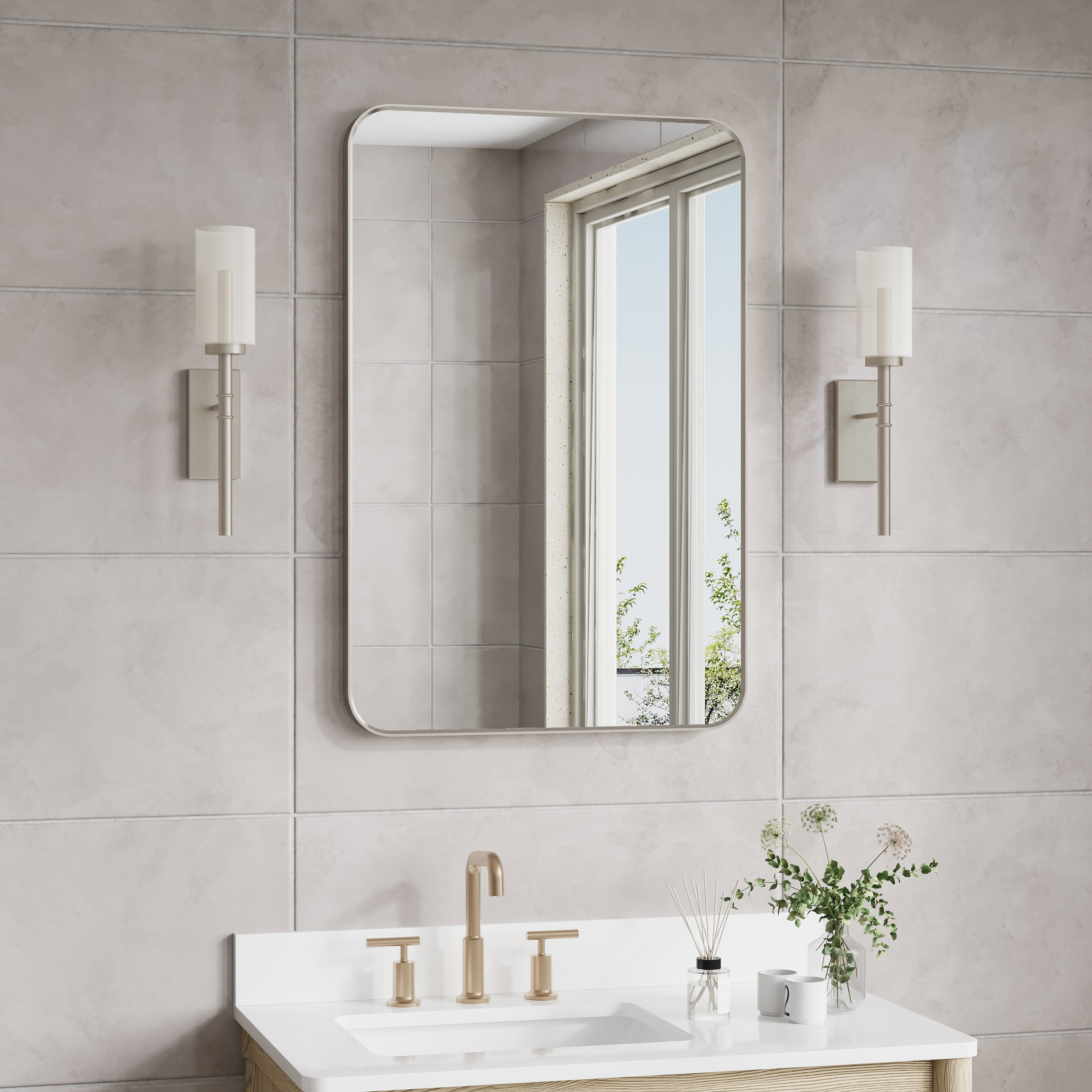
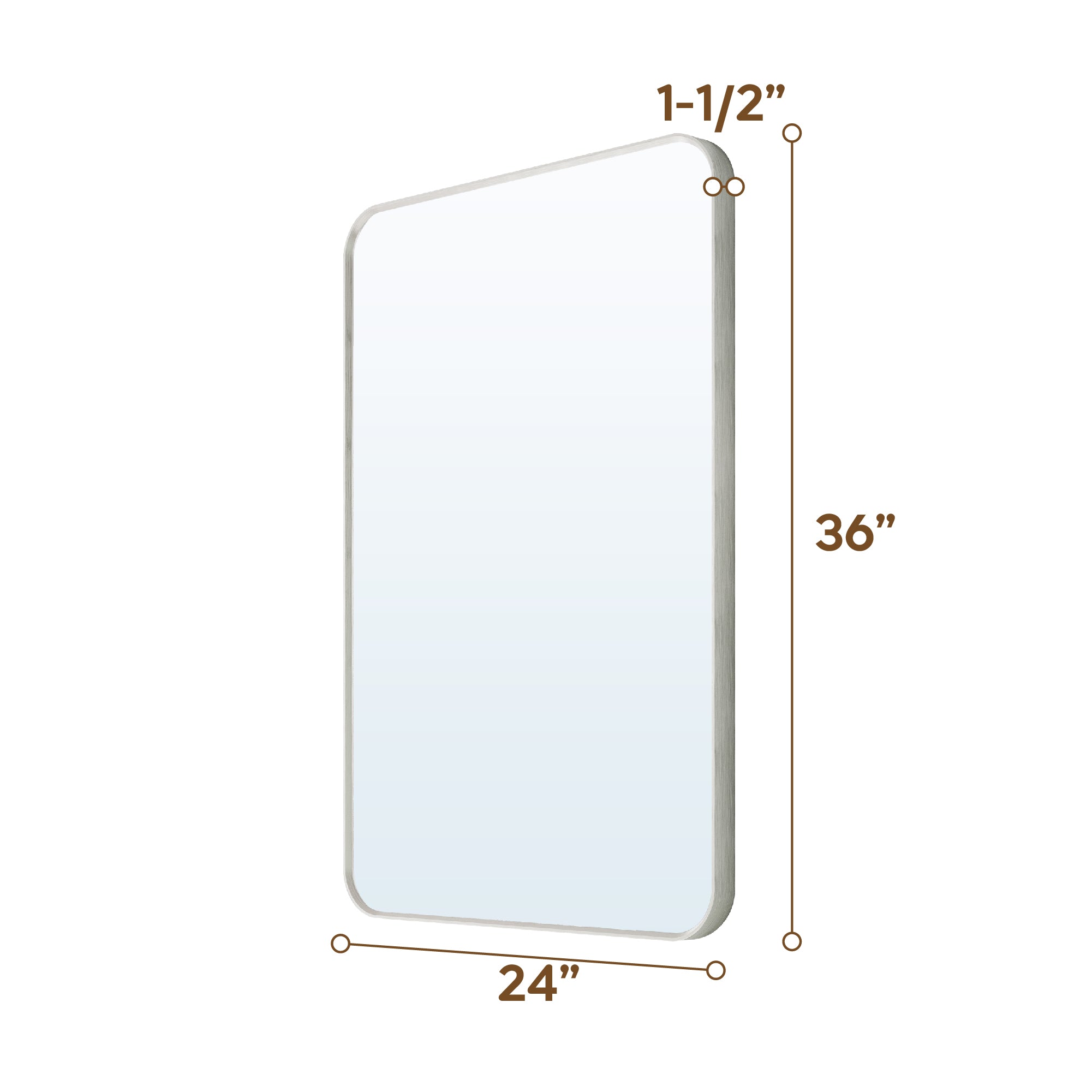


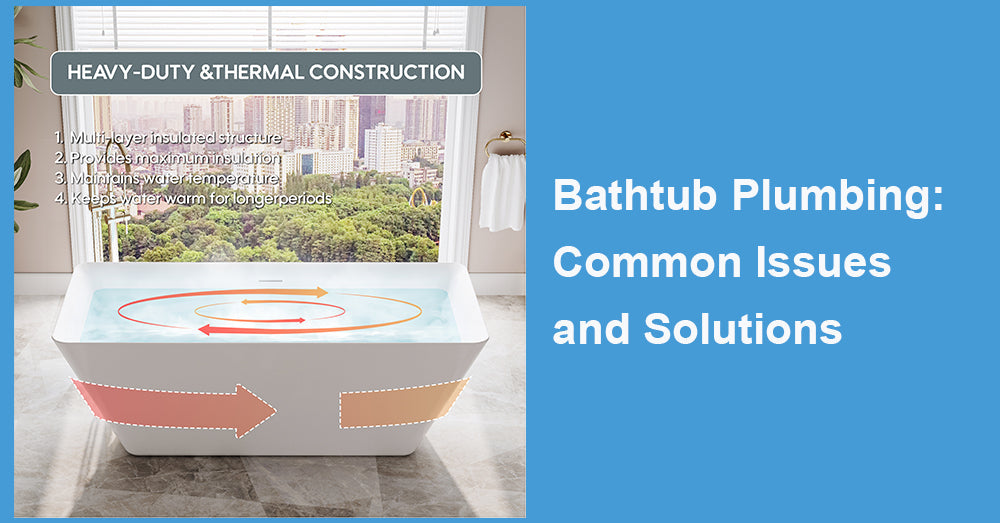

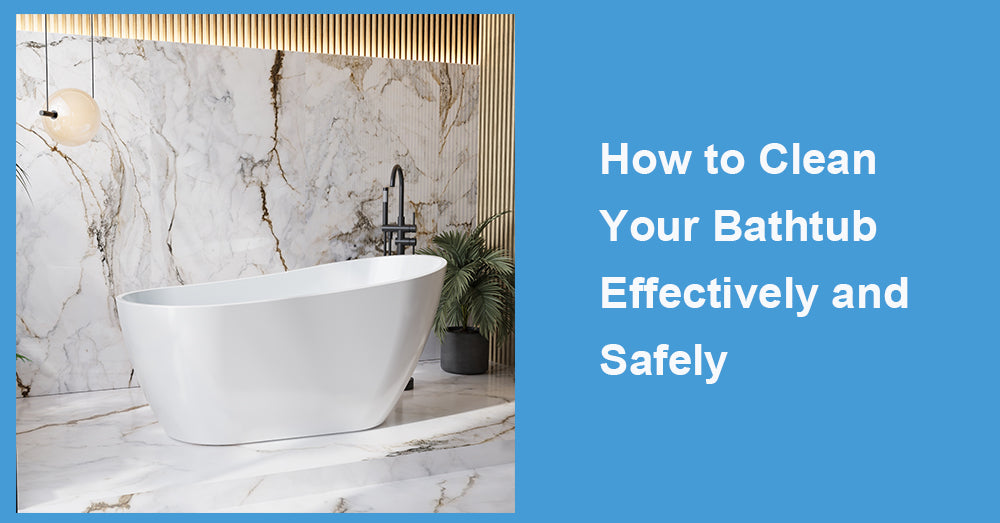
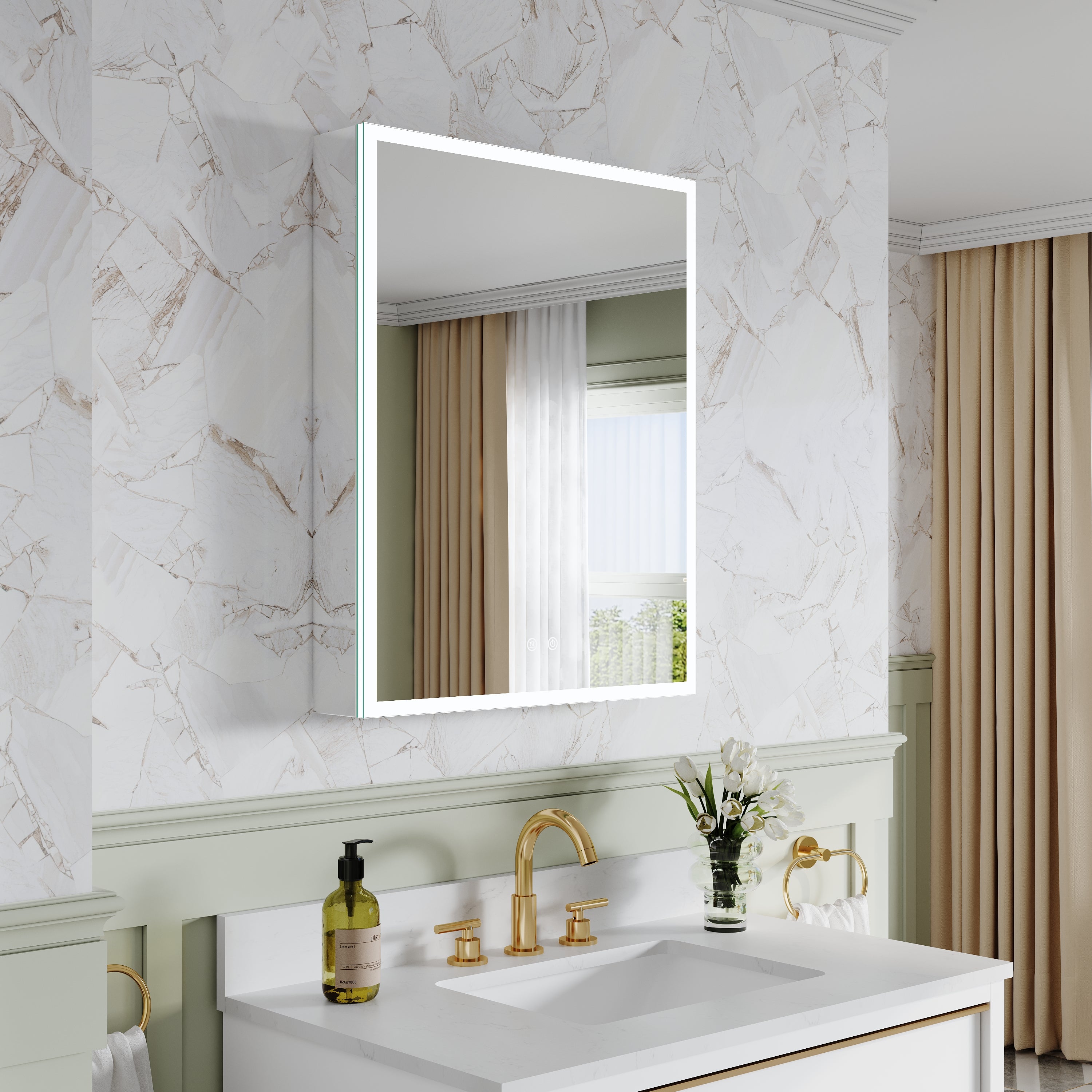
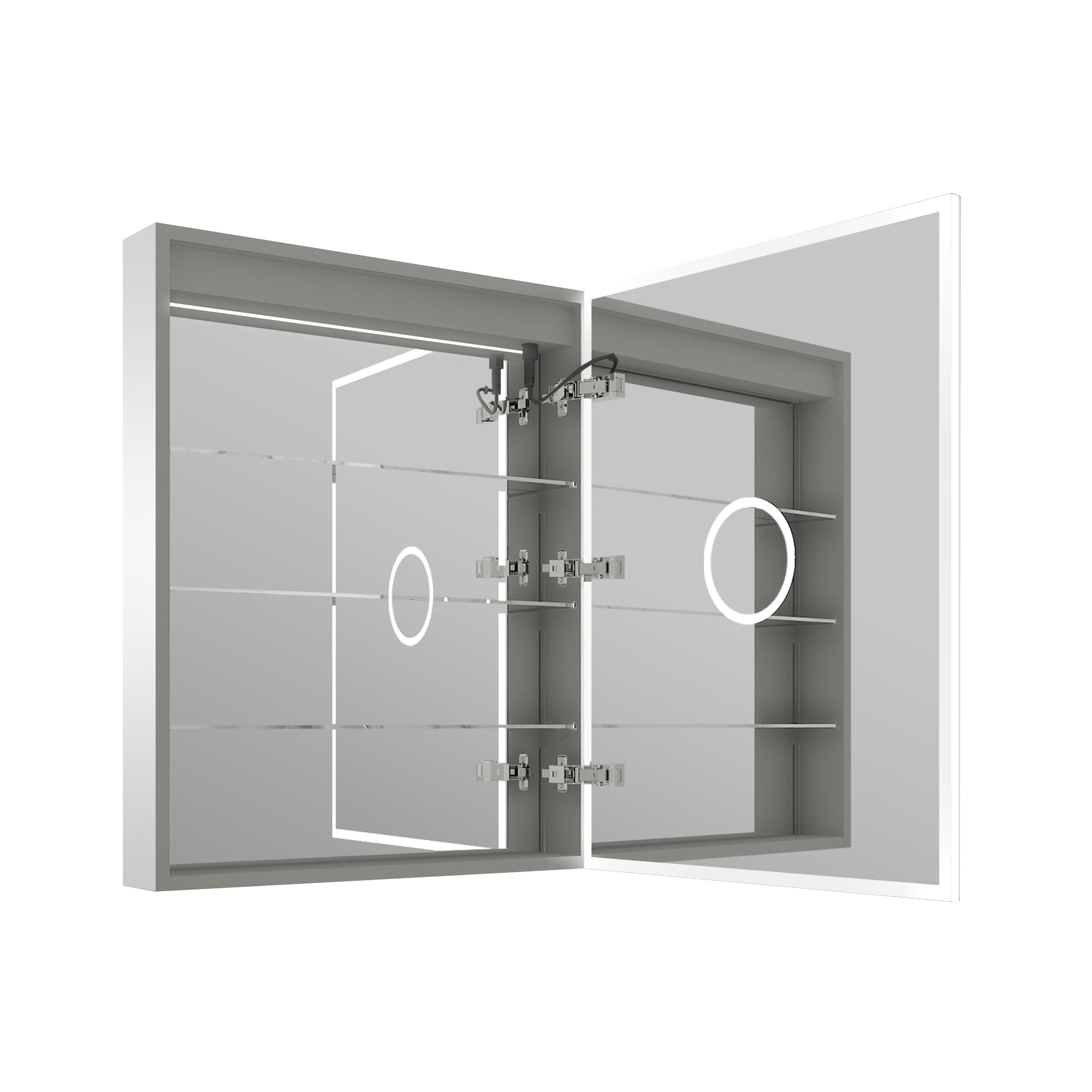
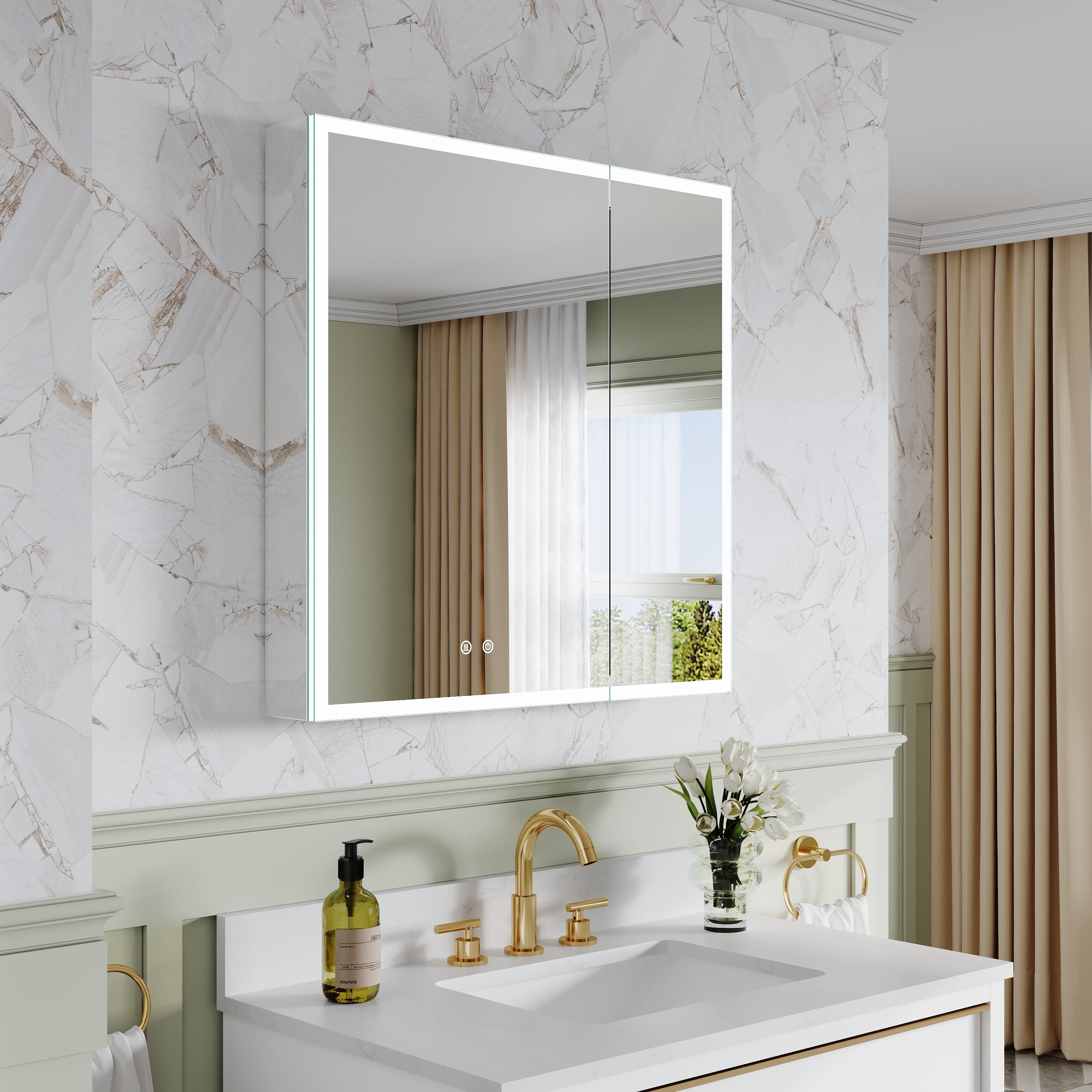
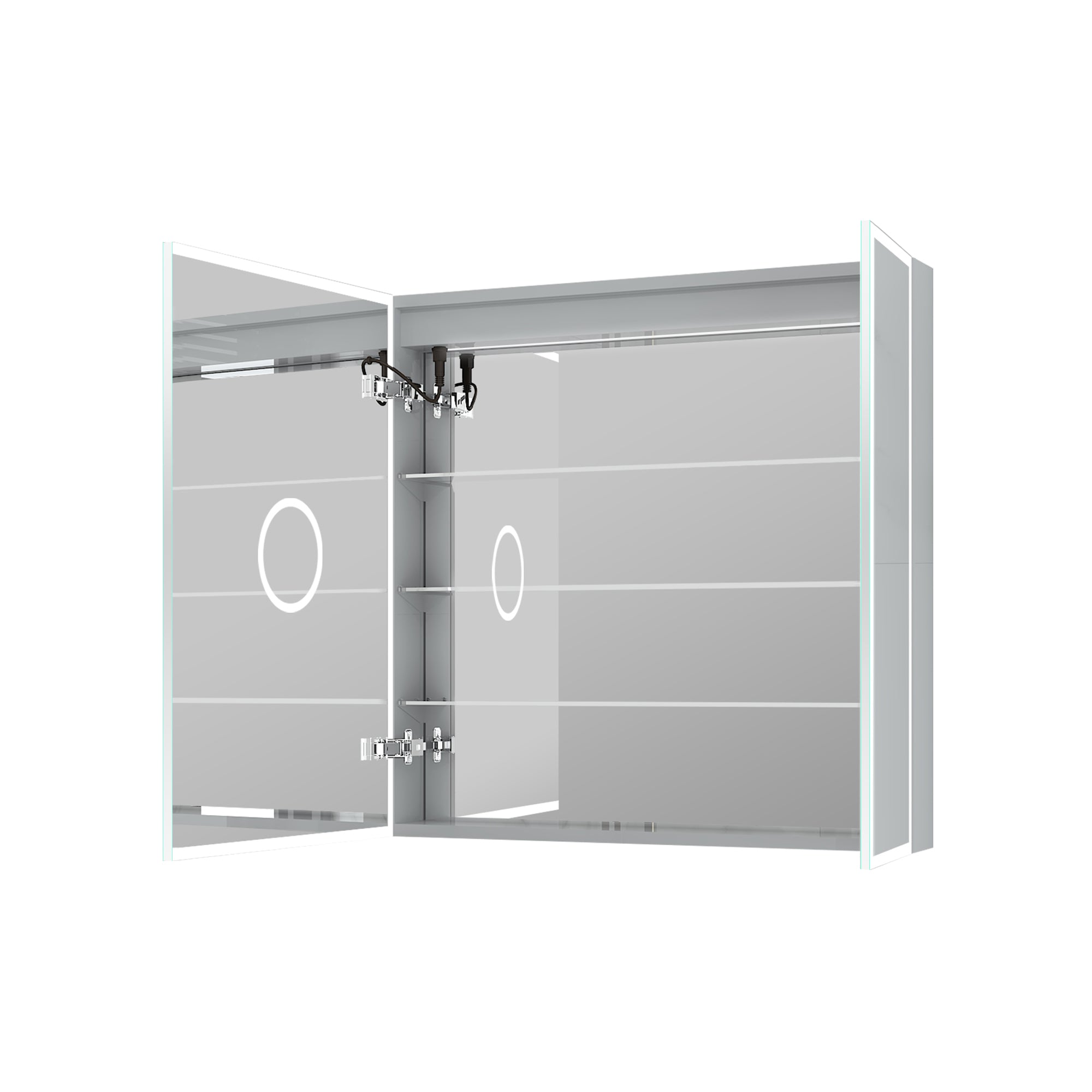
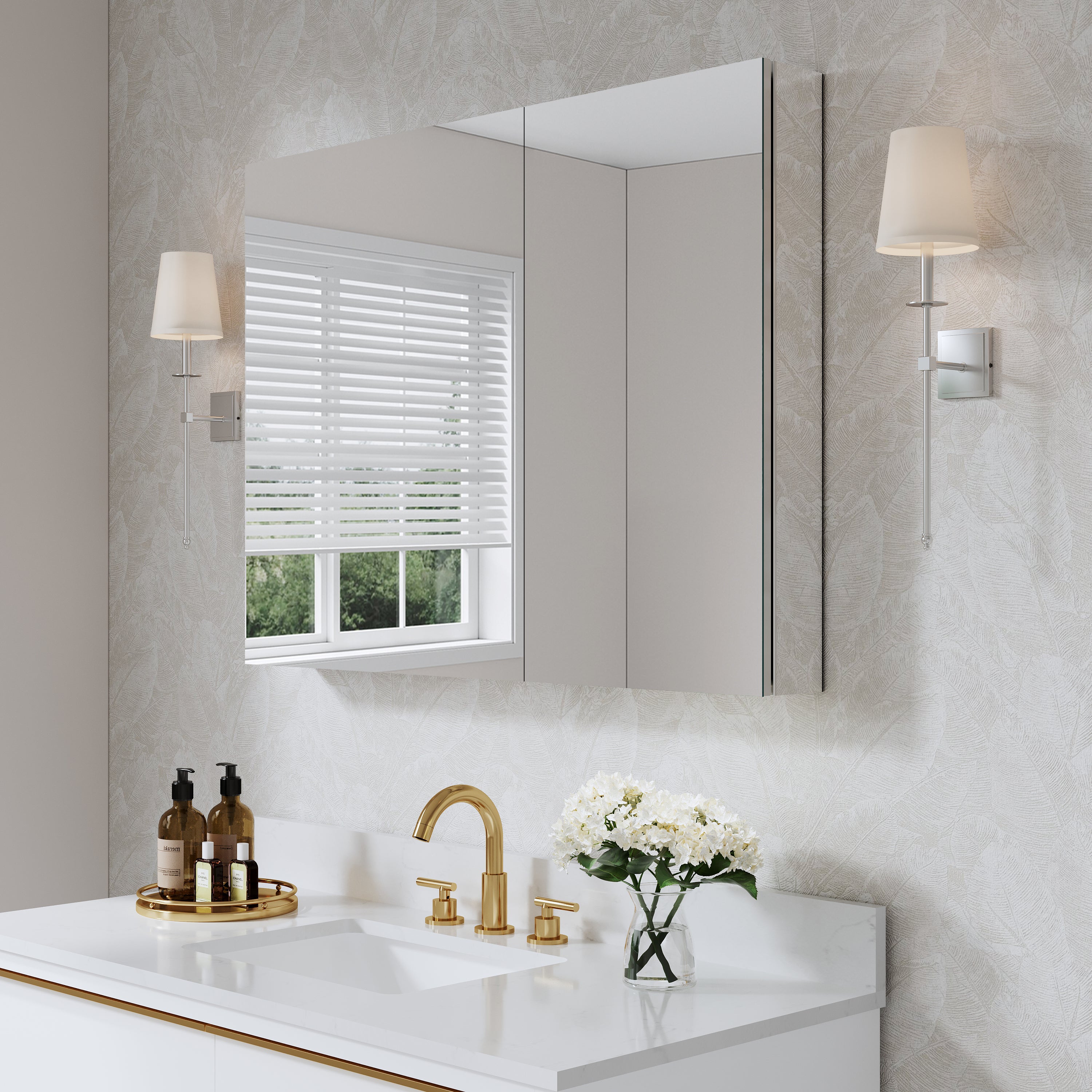

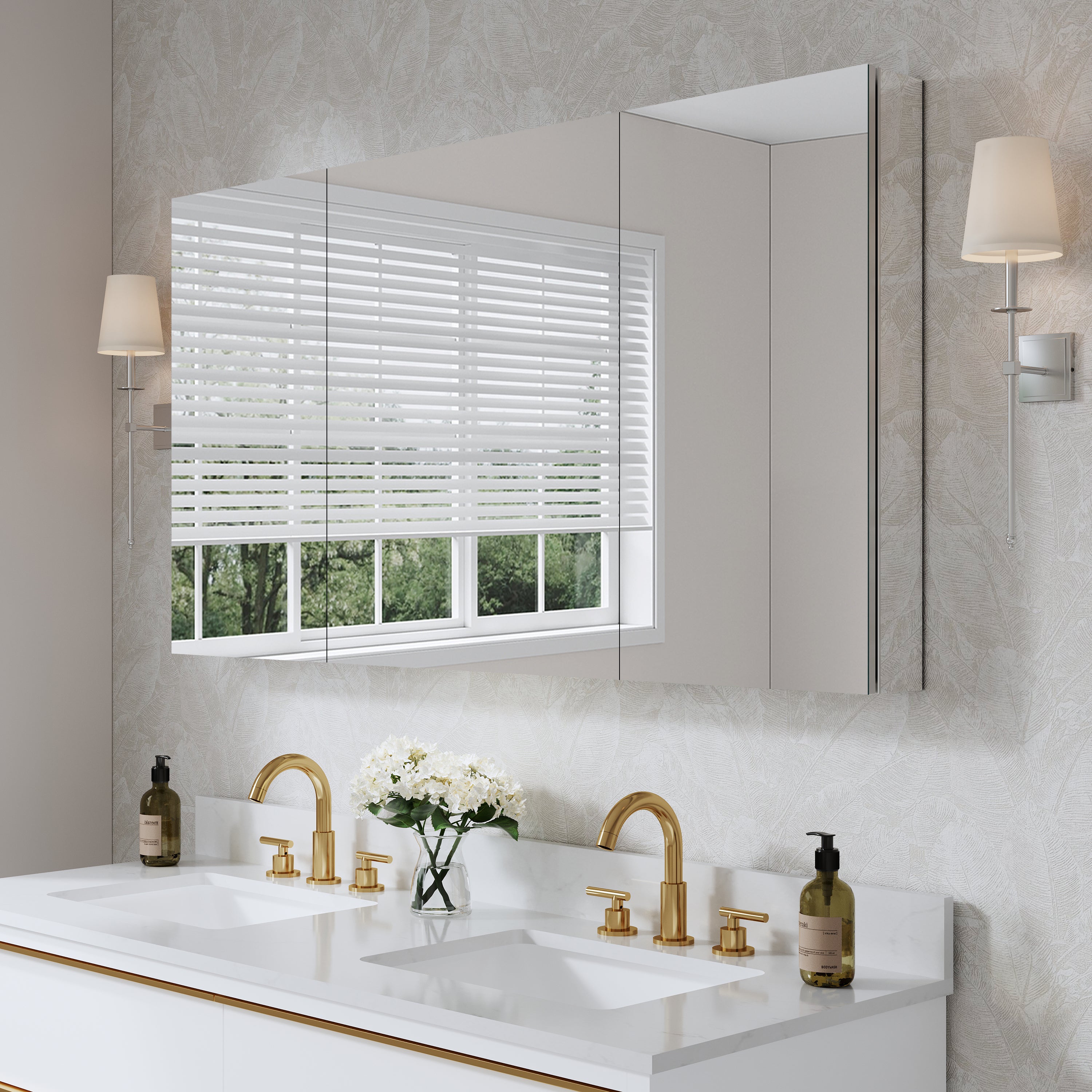

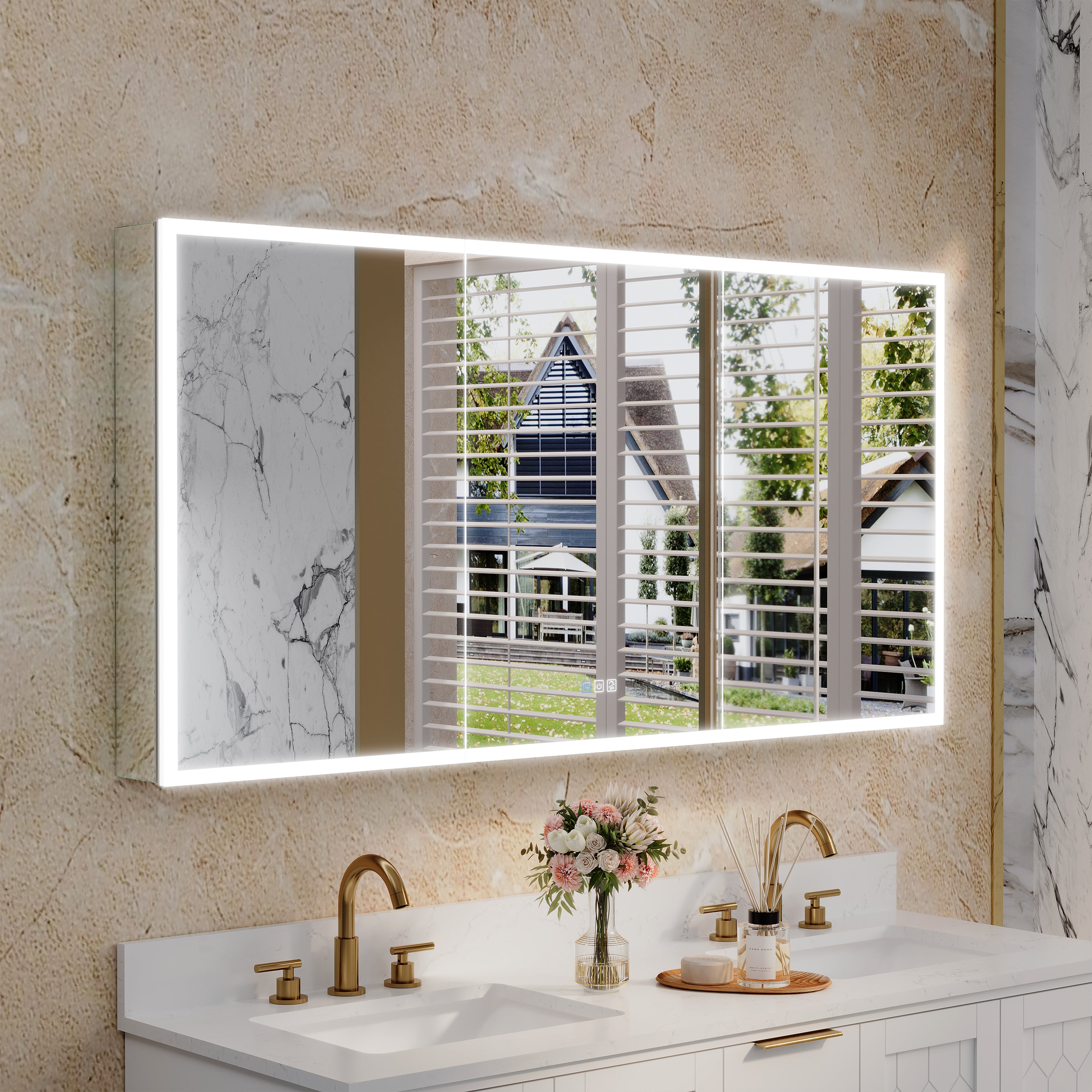
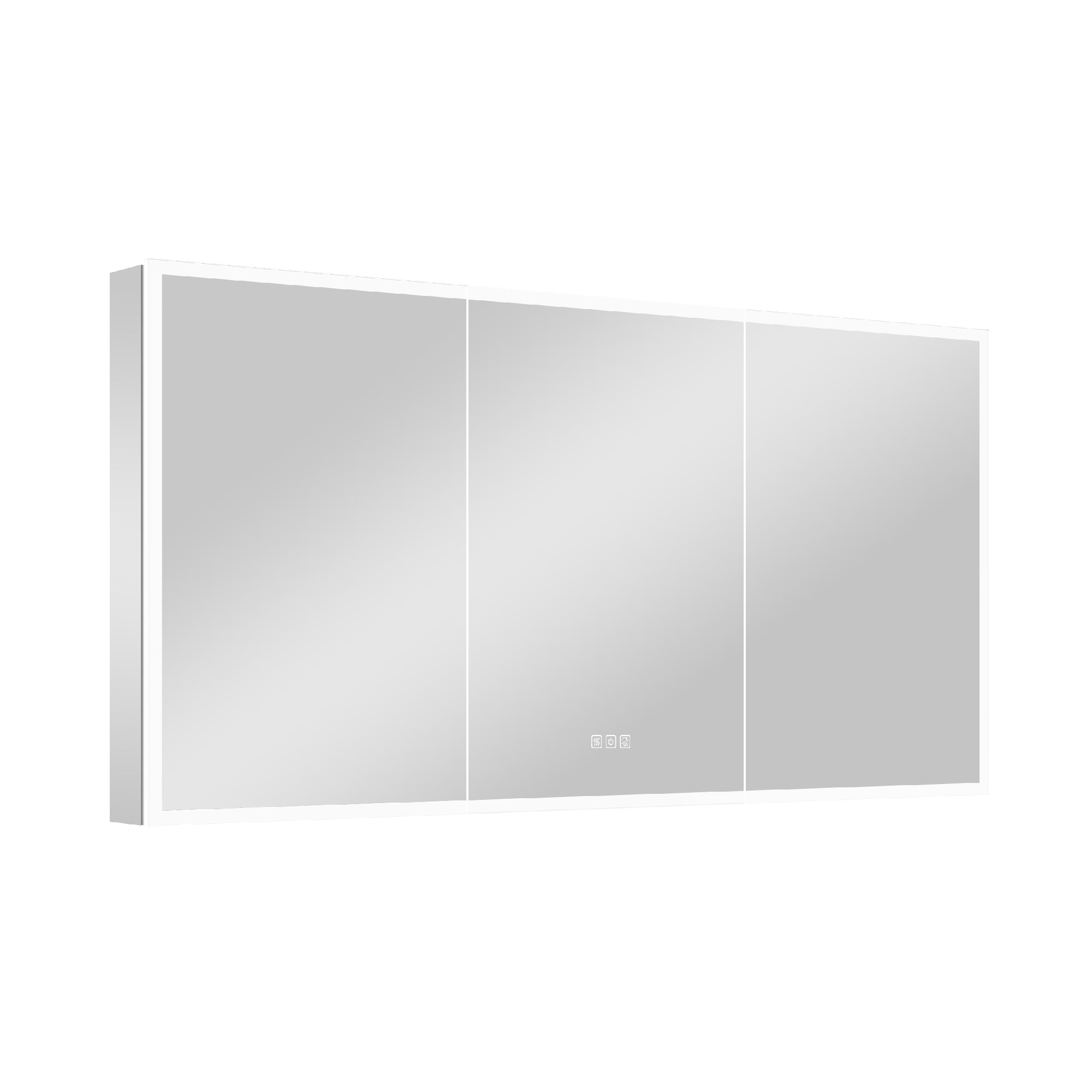
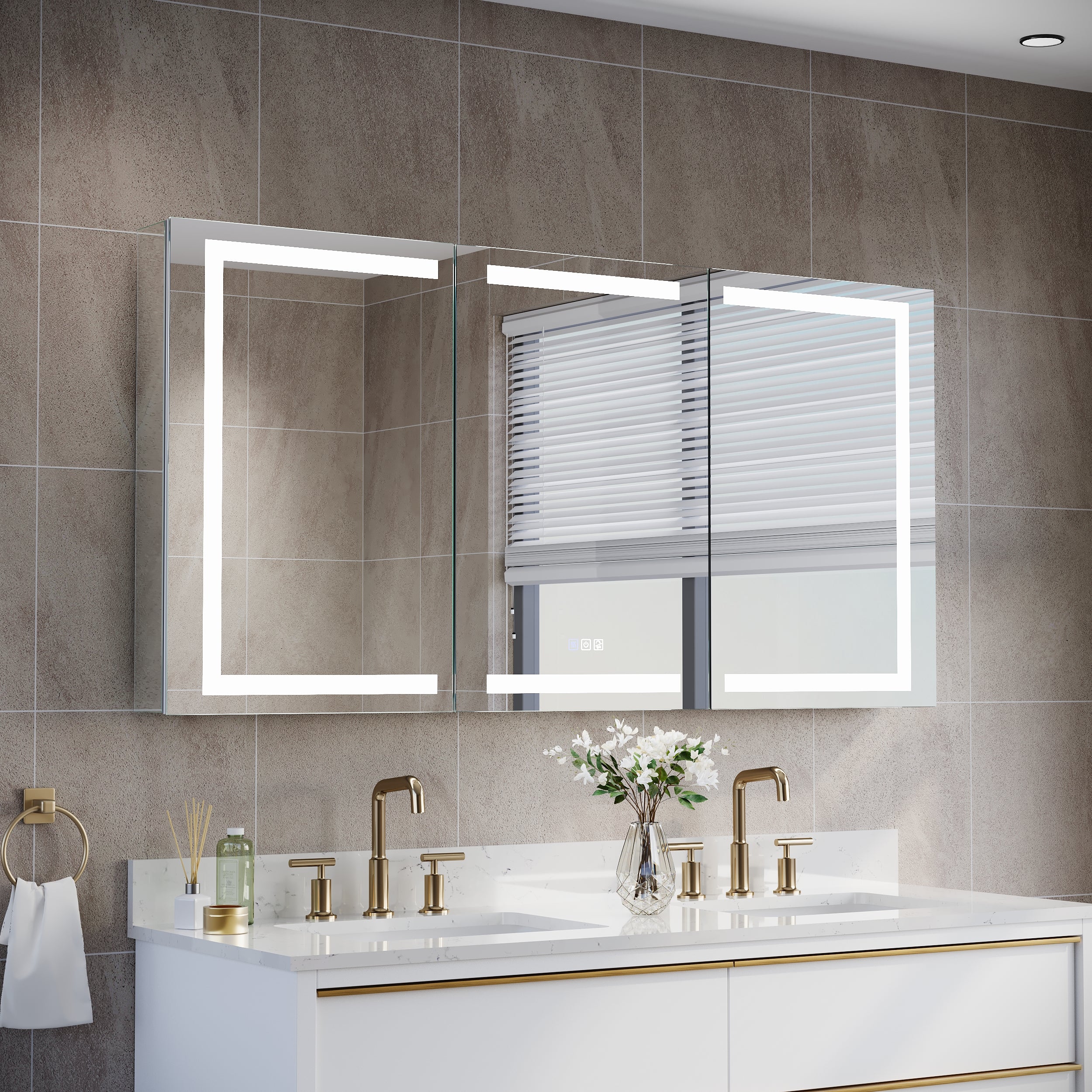
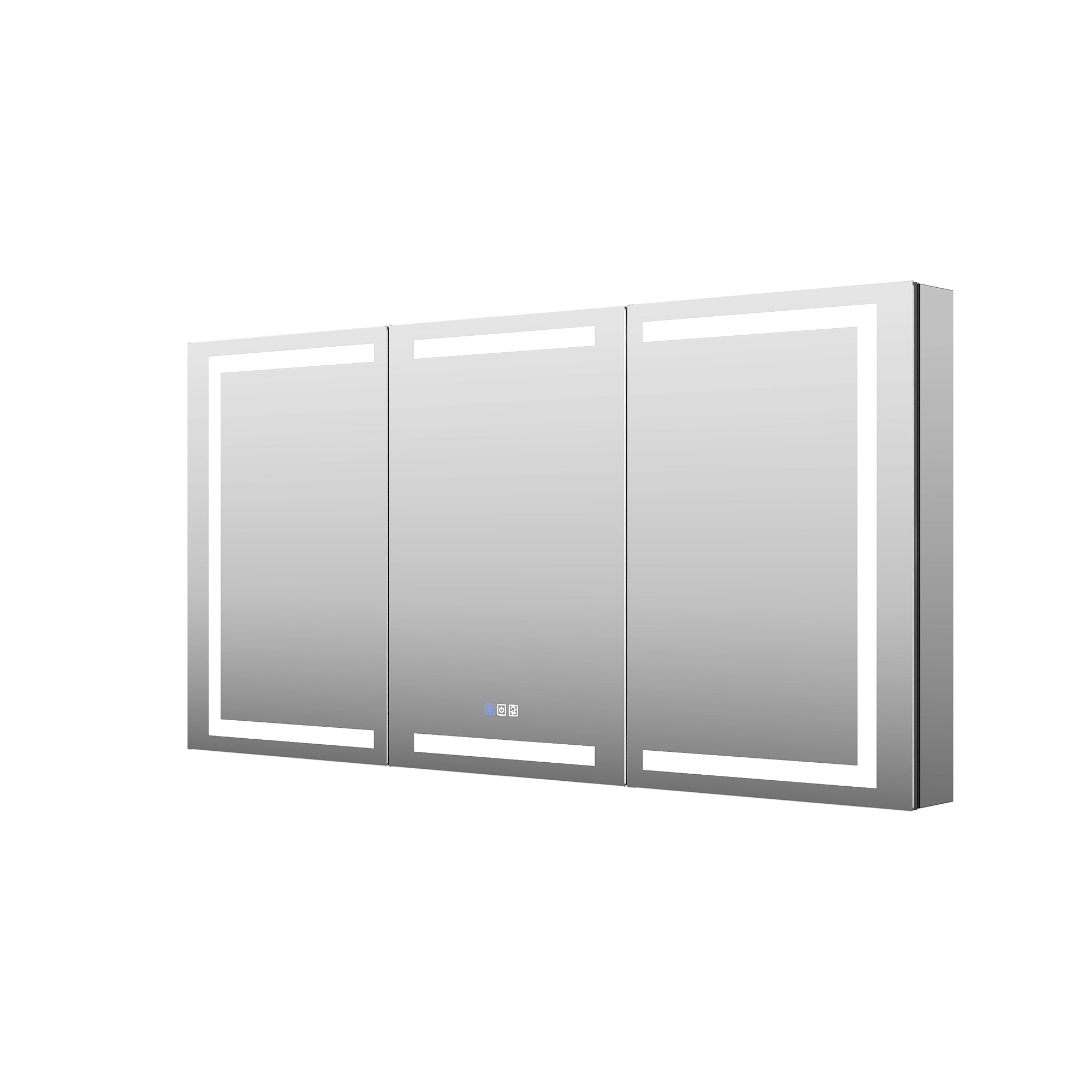



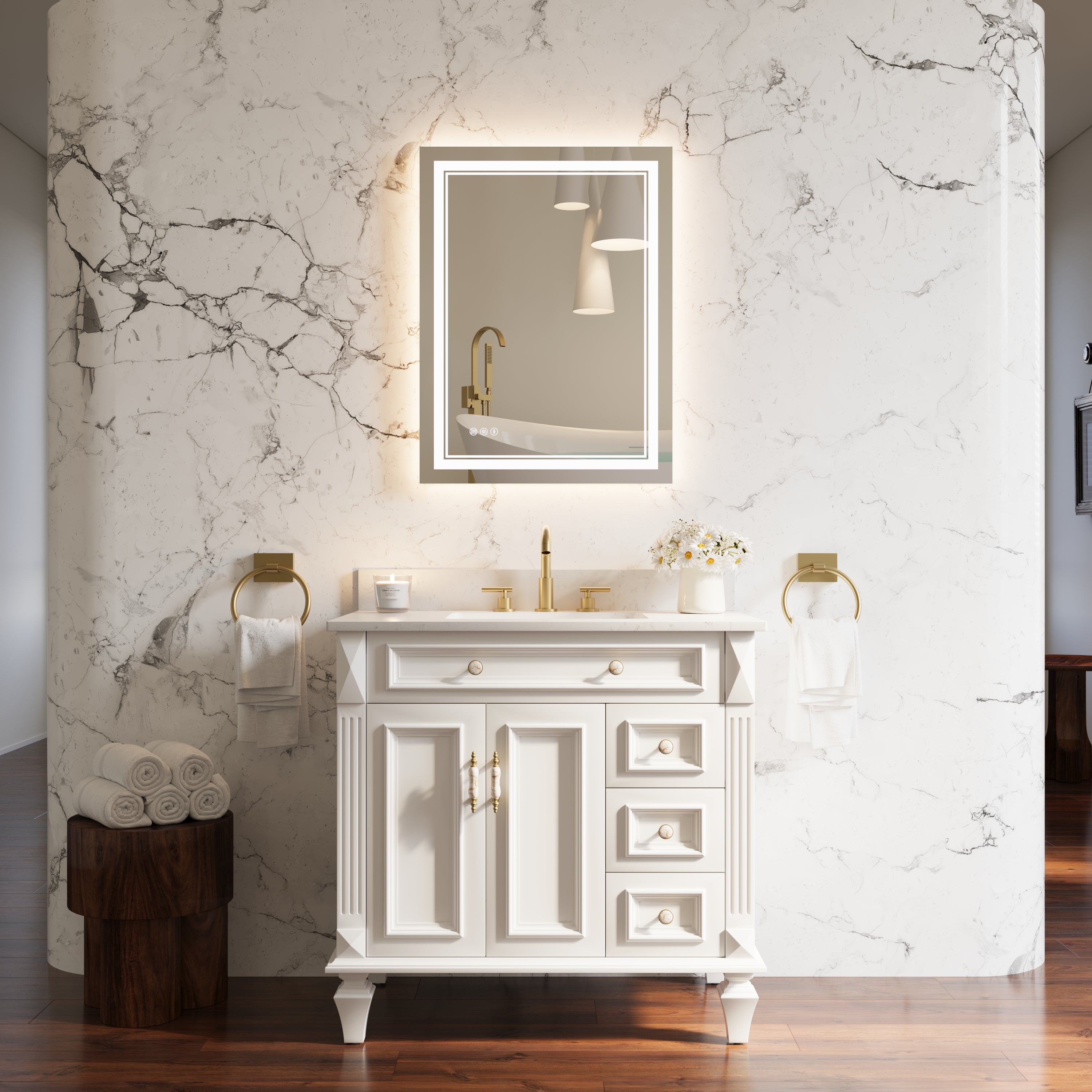
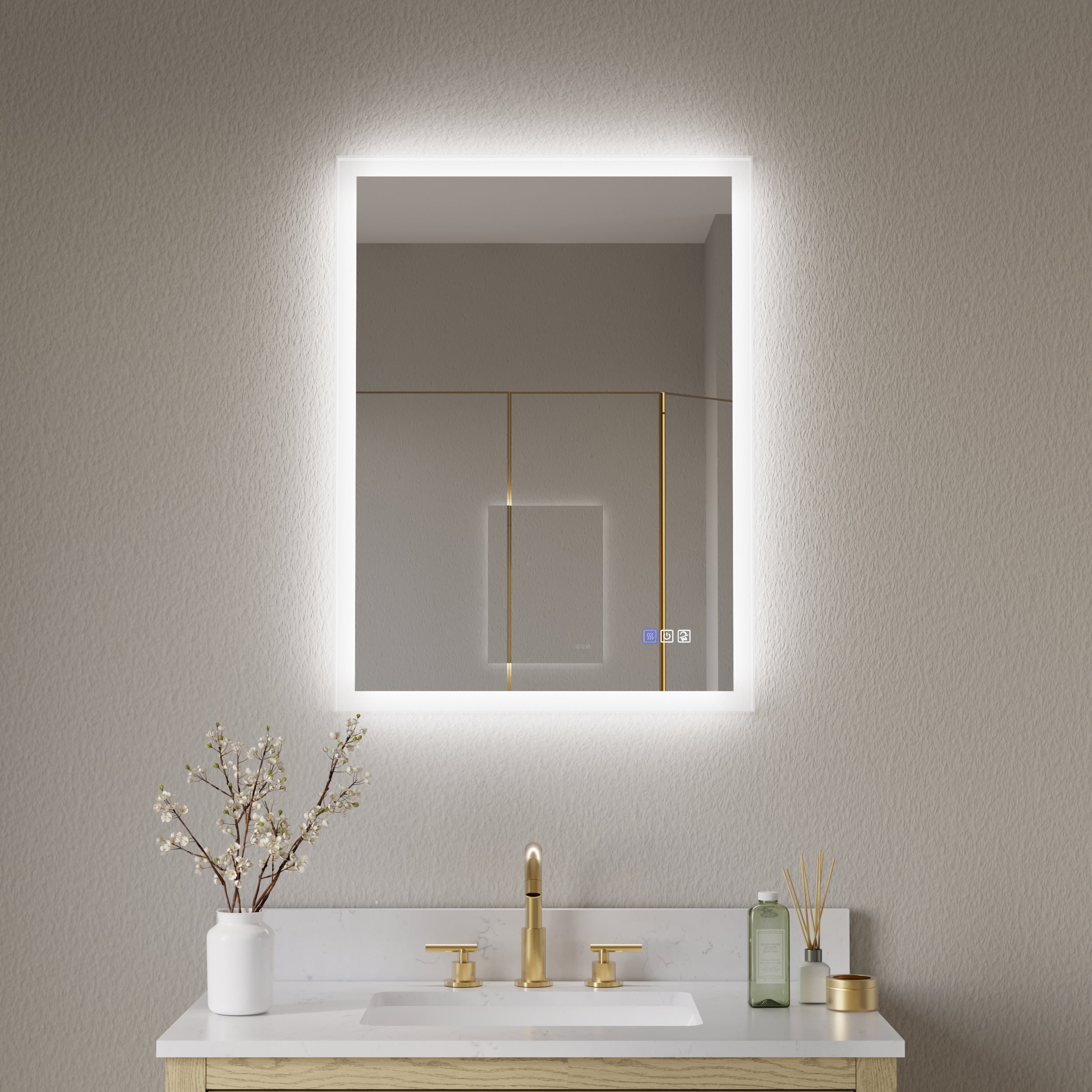


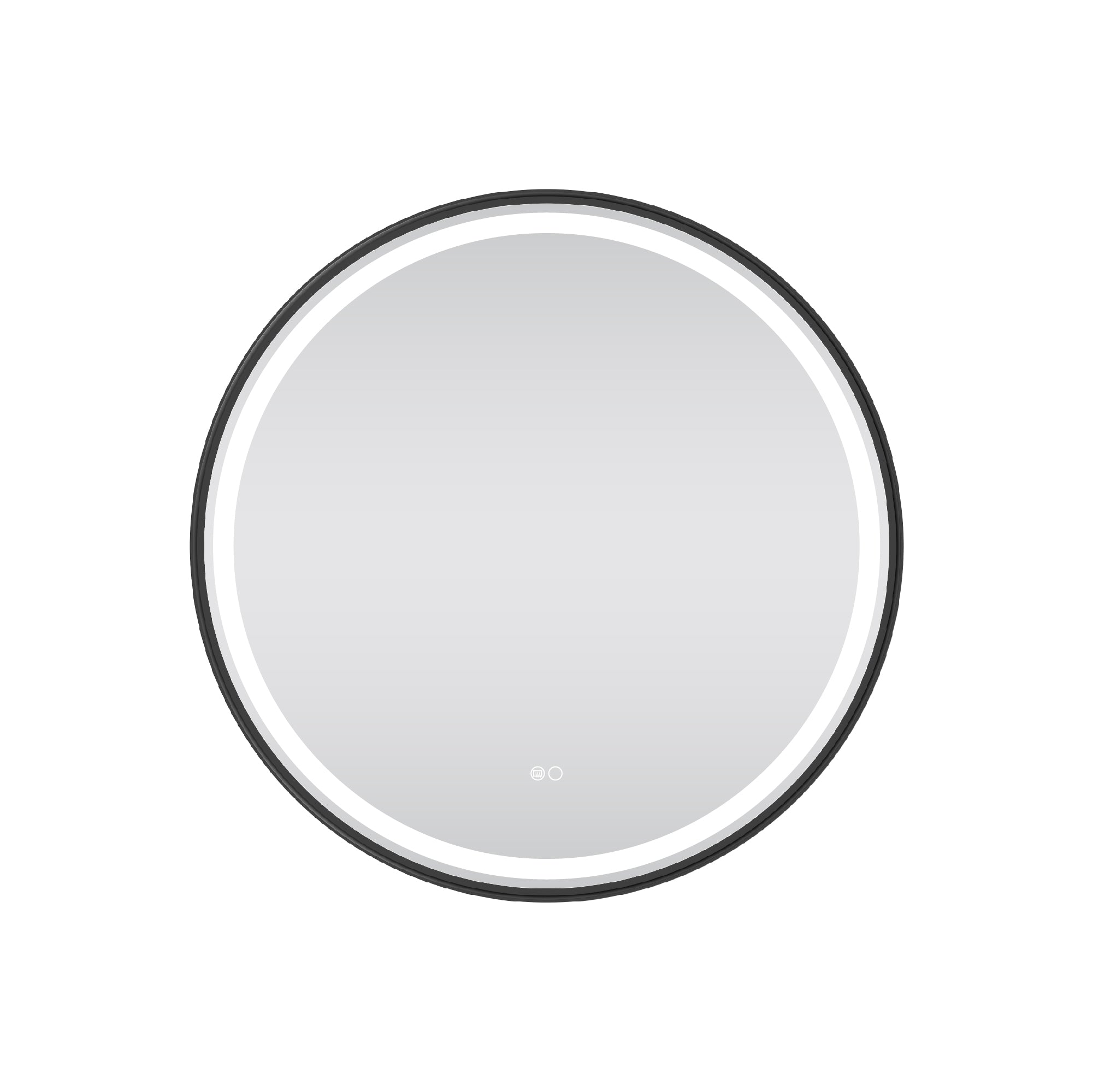



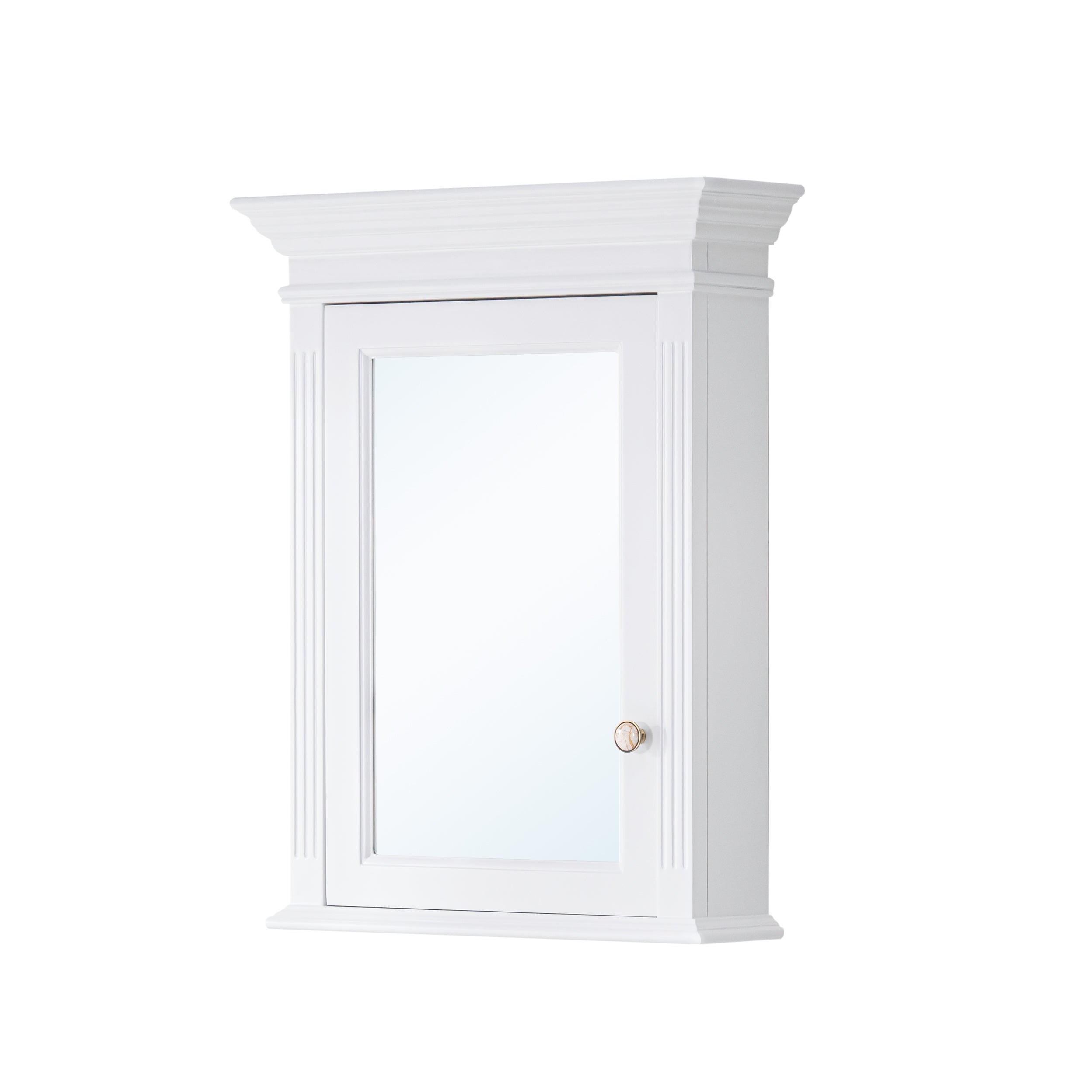
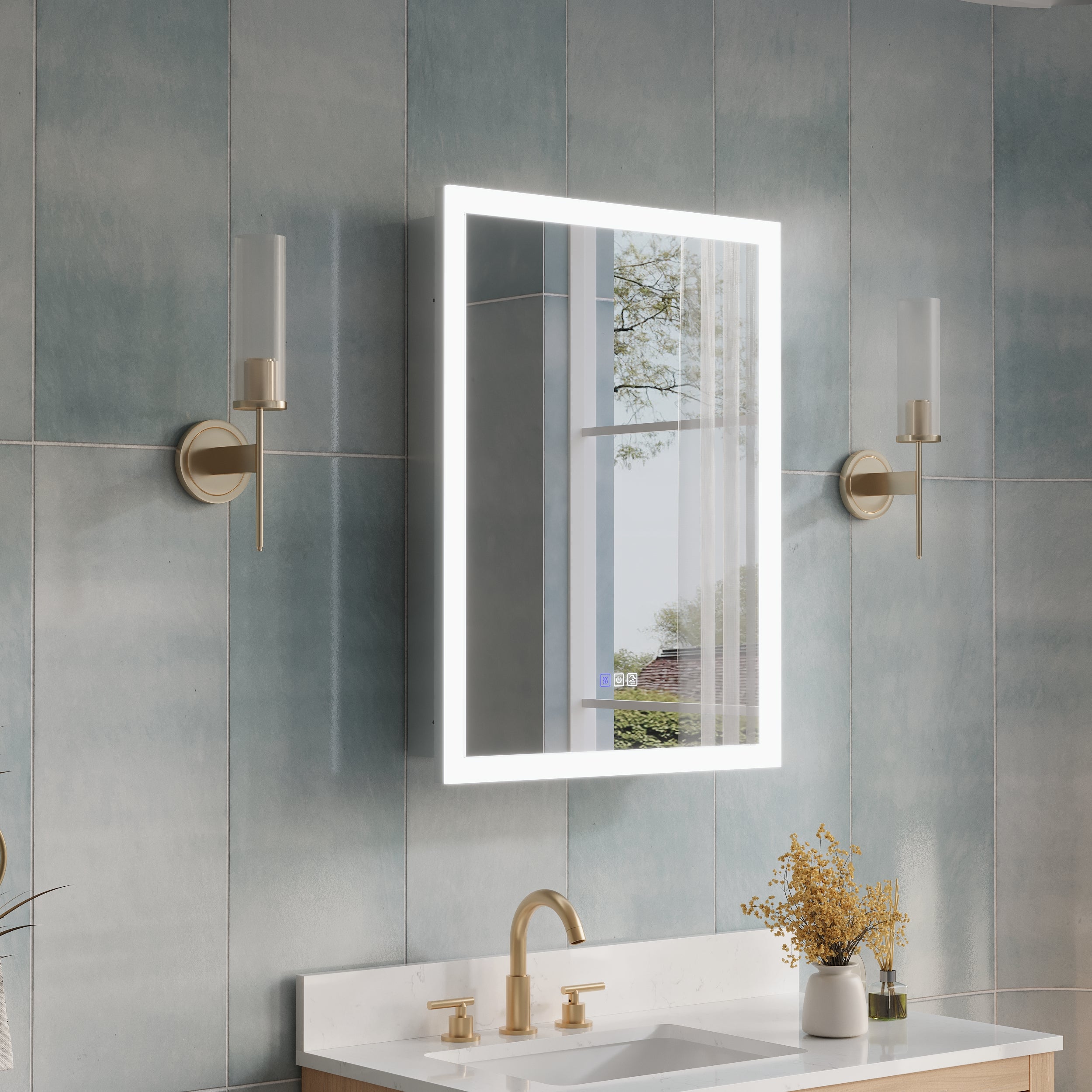
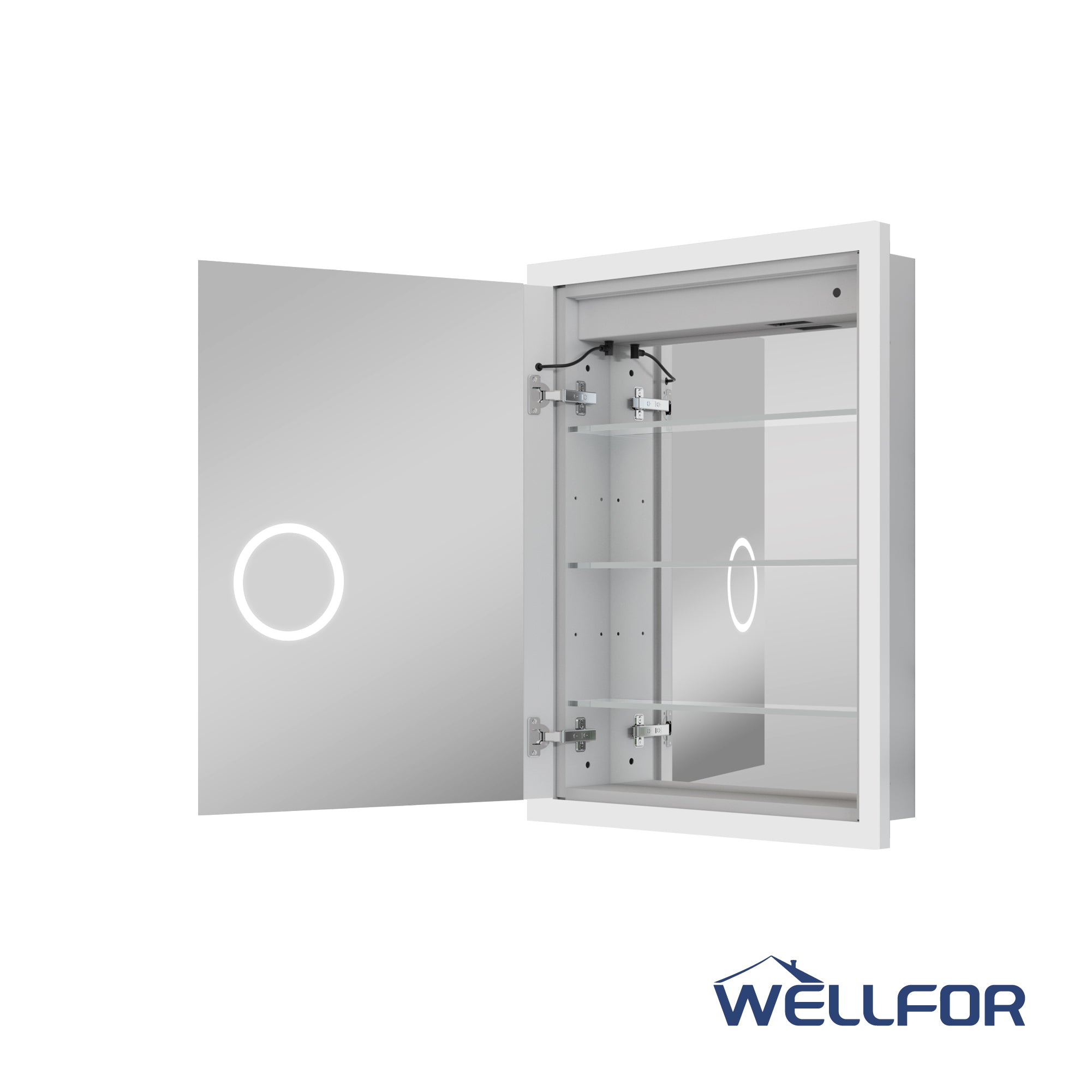
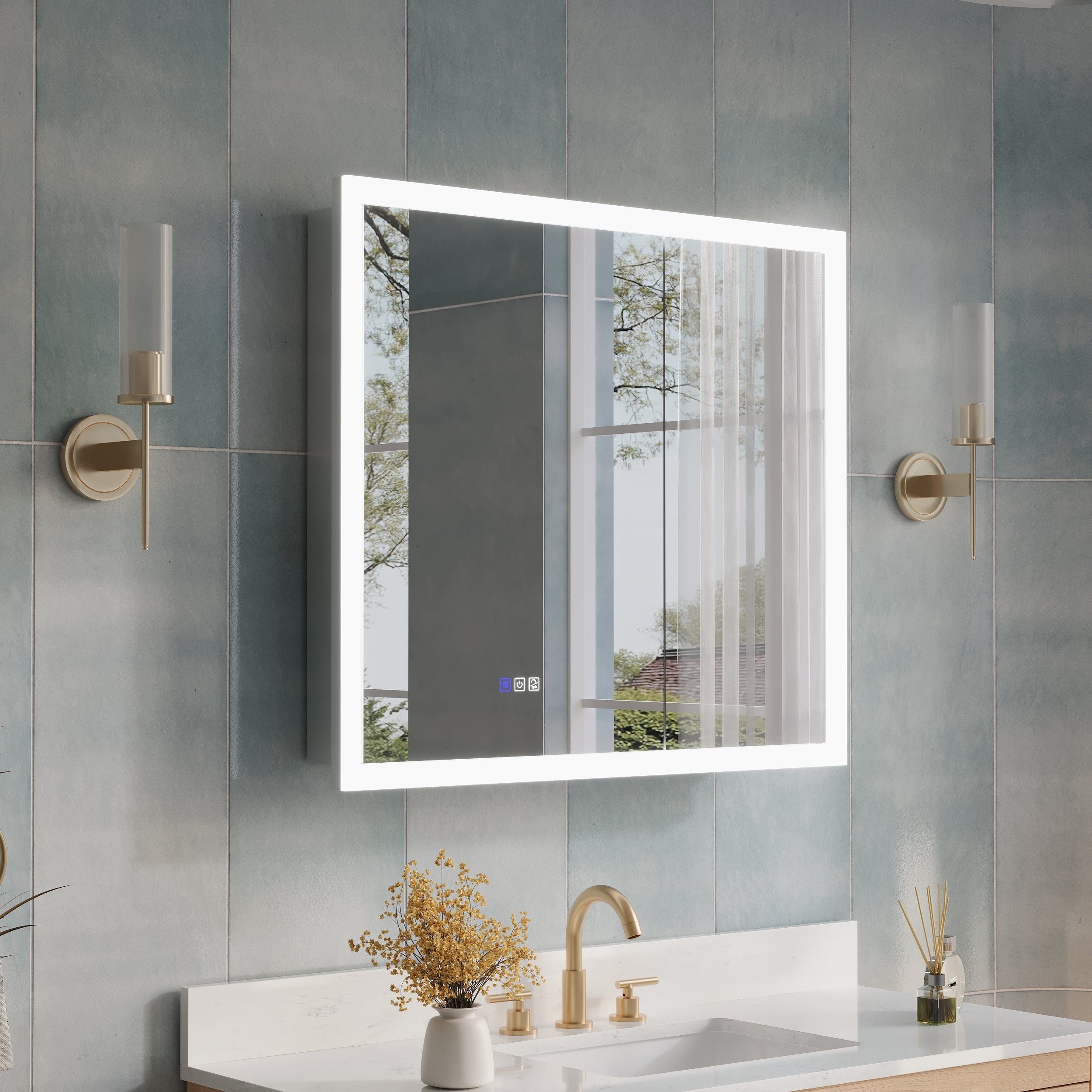
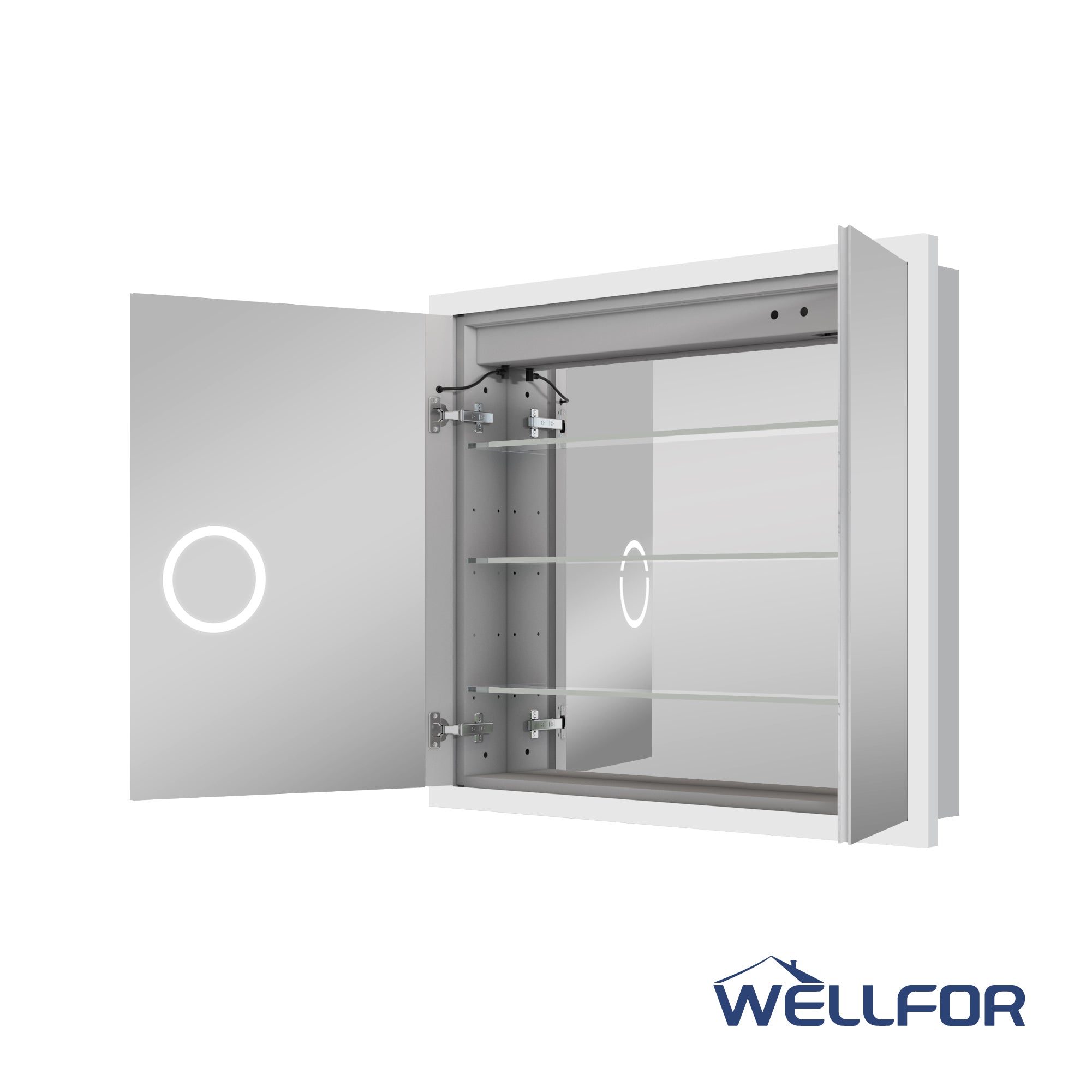


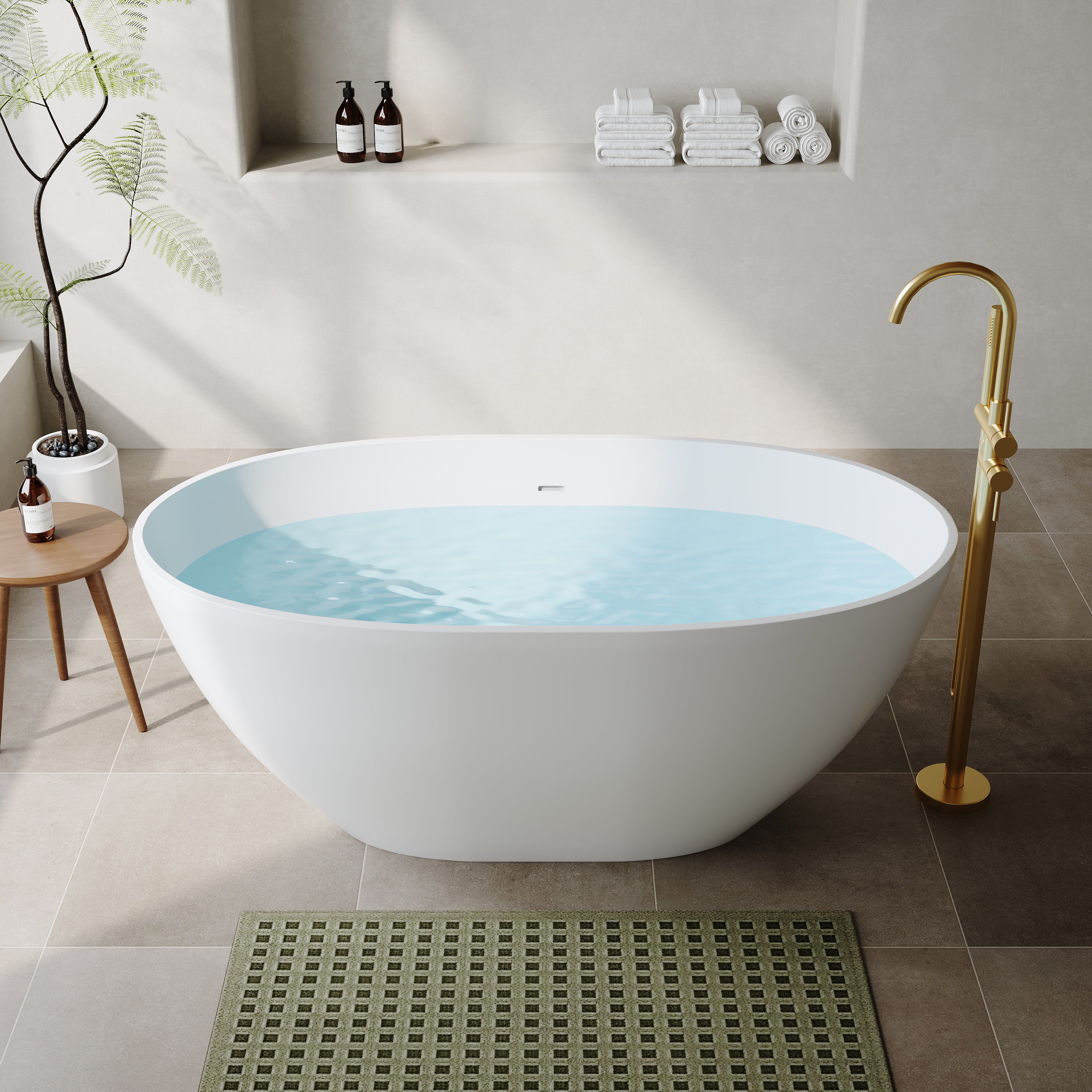
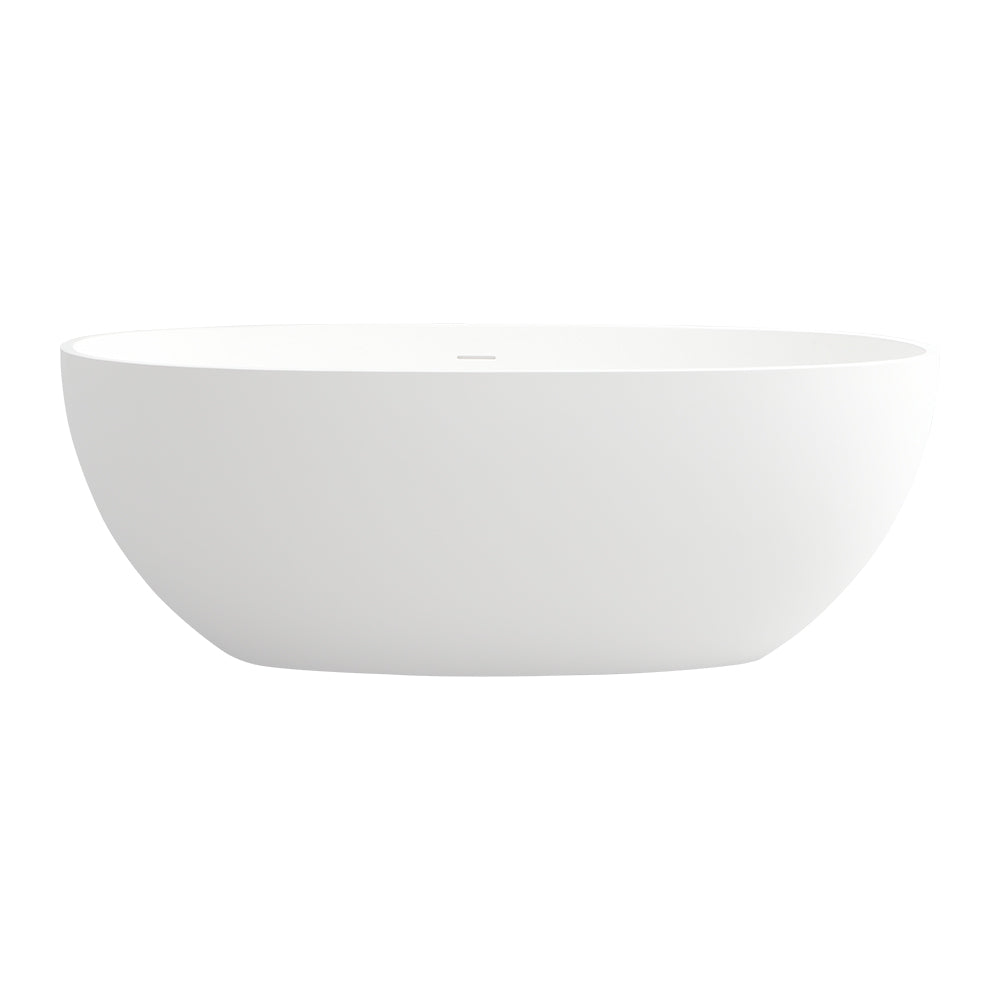
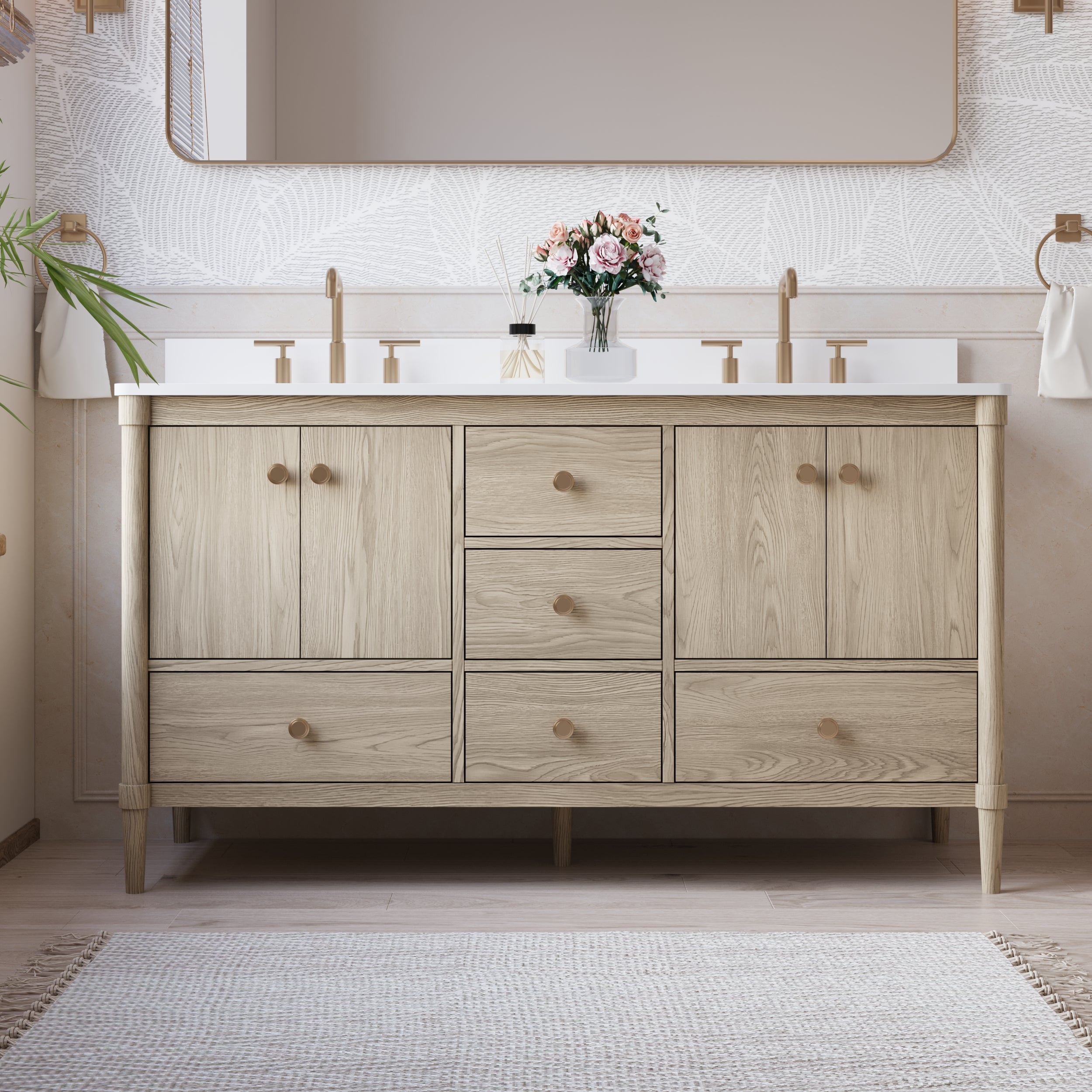

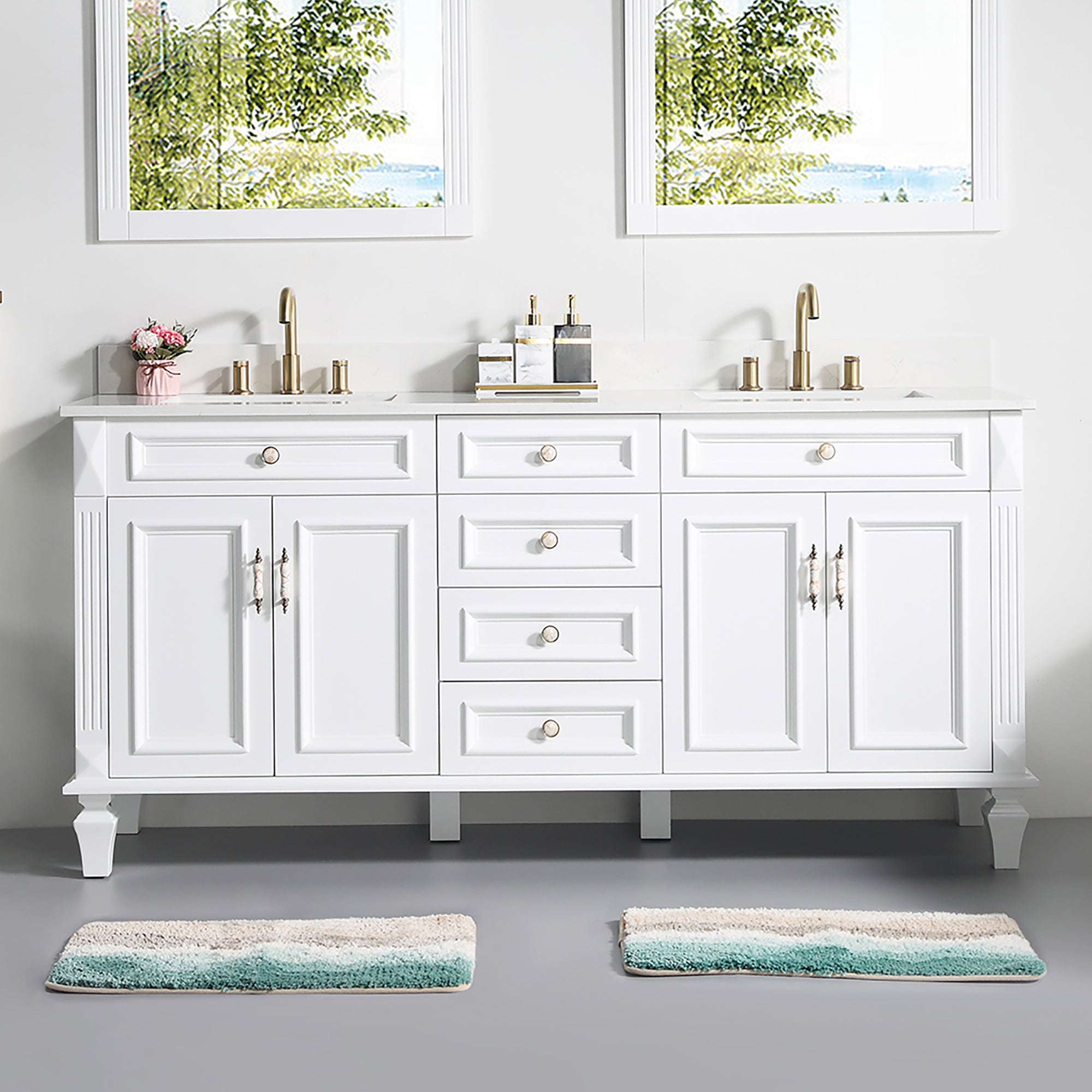
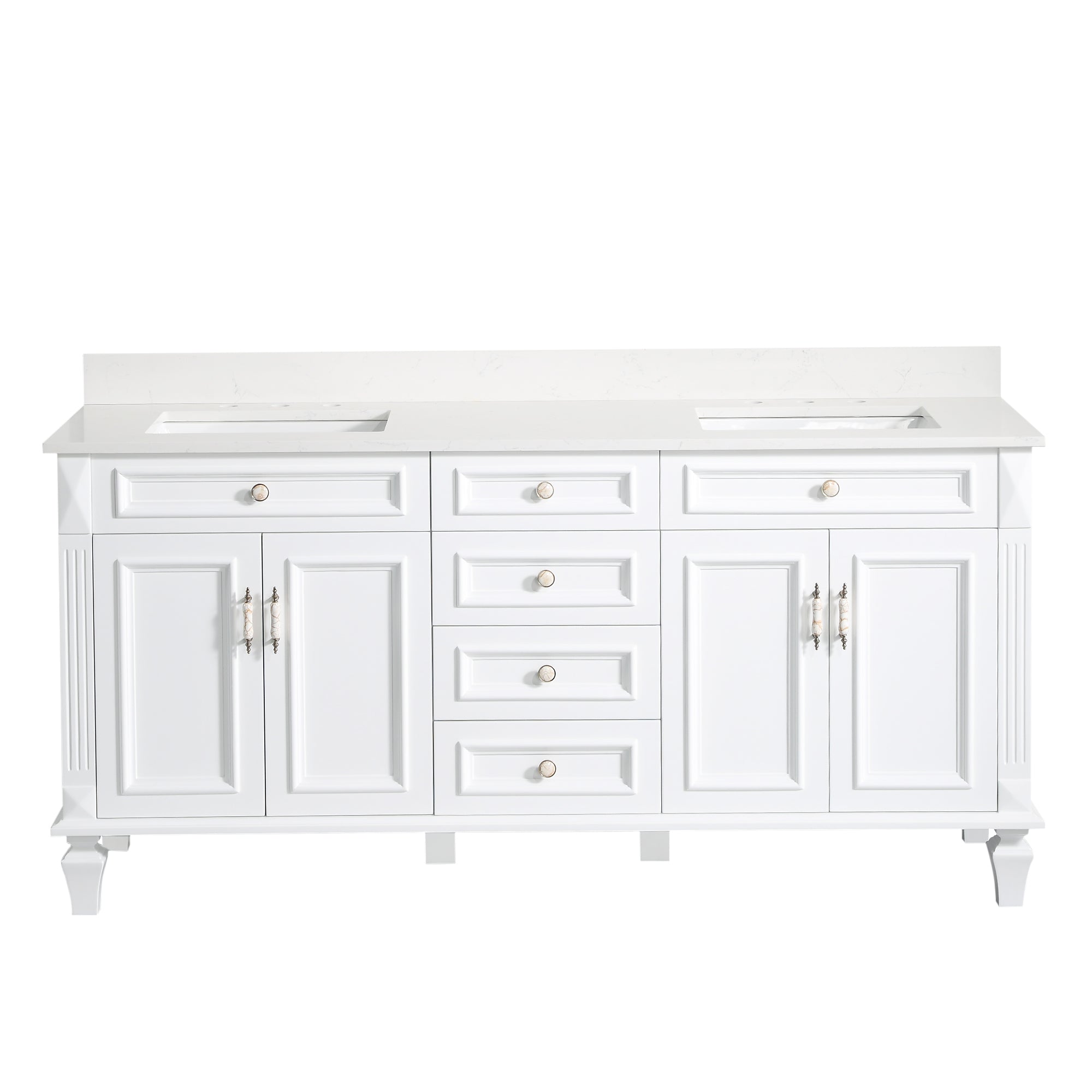
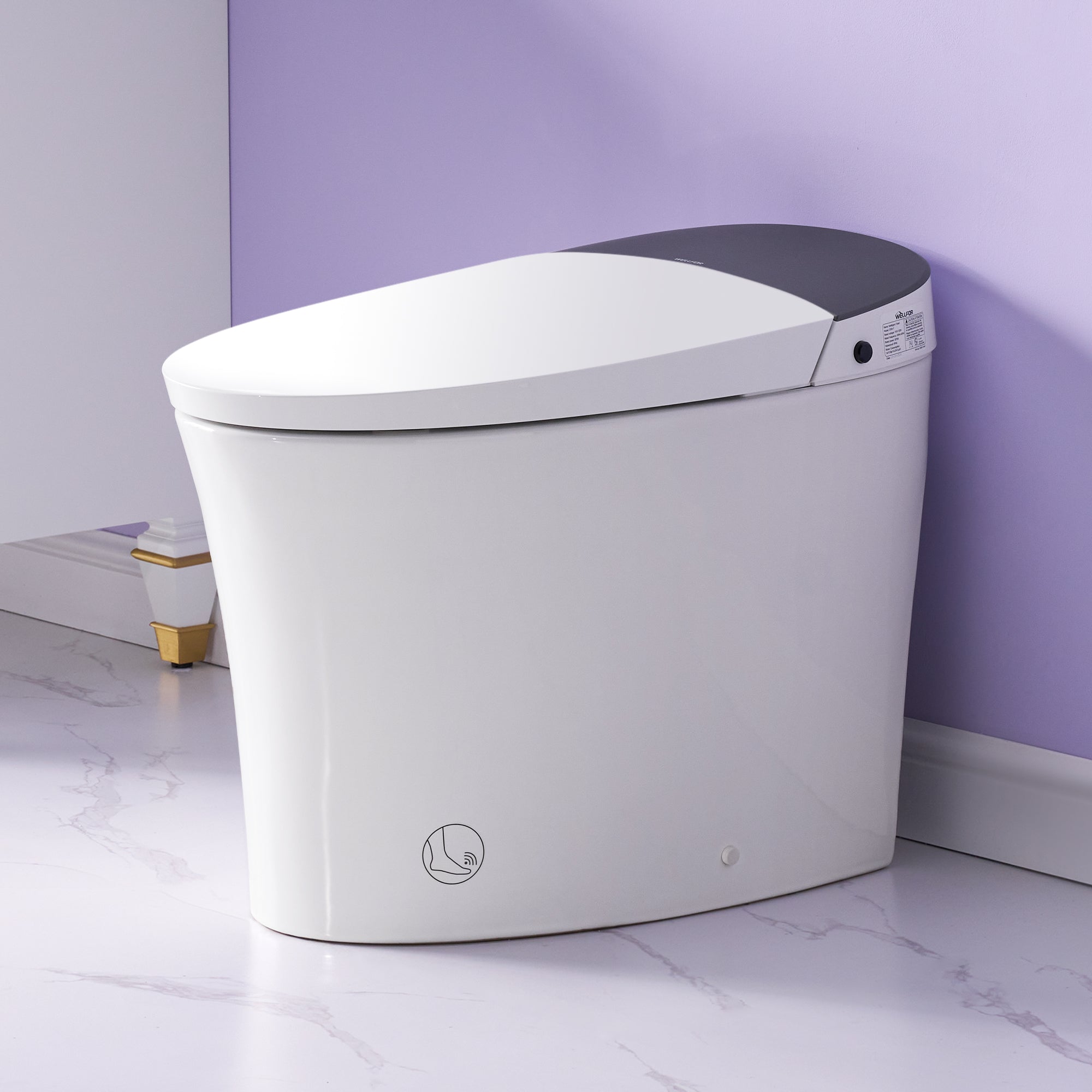

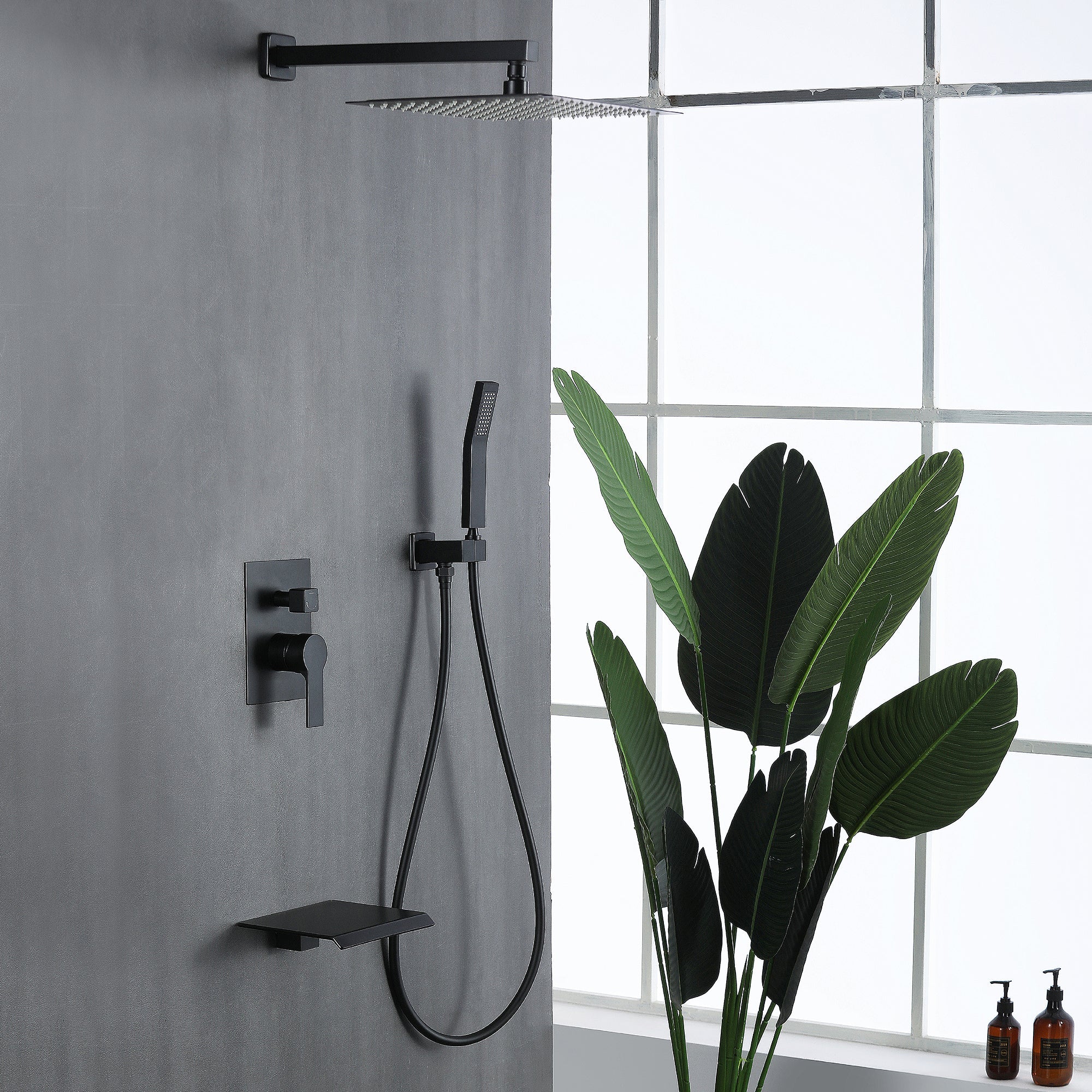
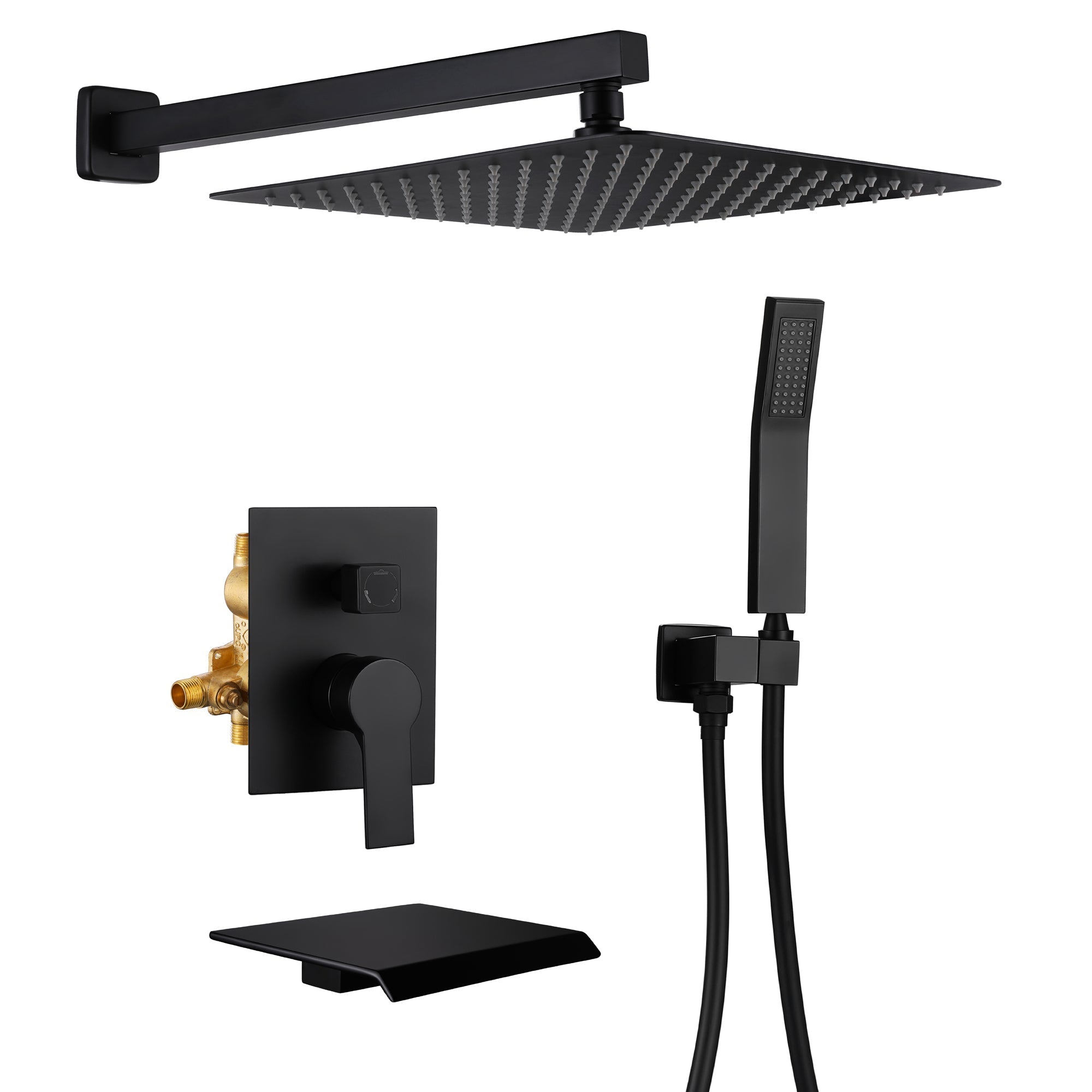
Leave a comment
This site is protected by hCaptcha and the hCaptcha Privacy Policy and Terms of Service apply.